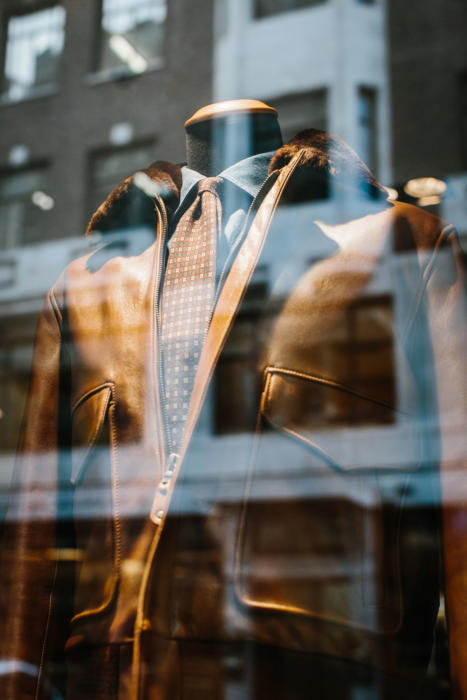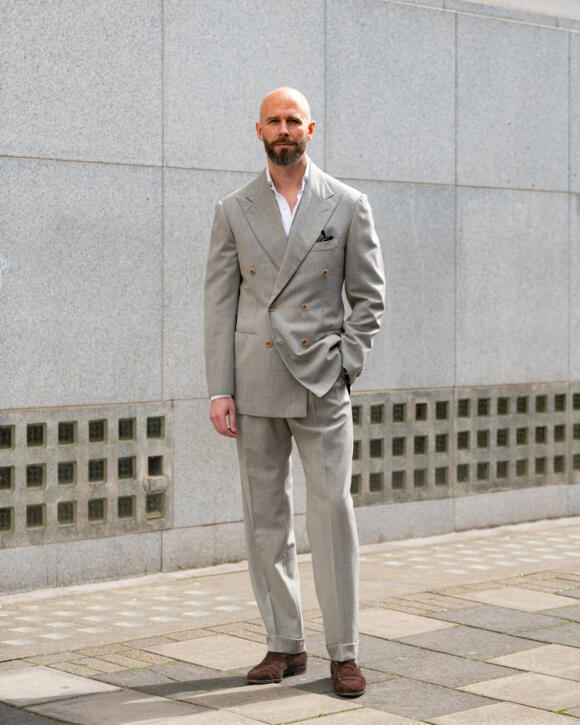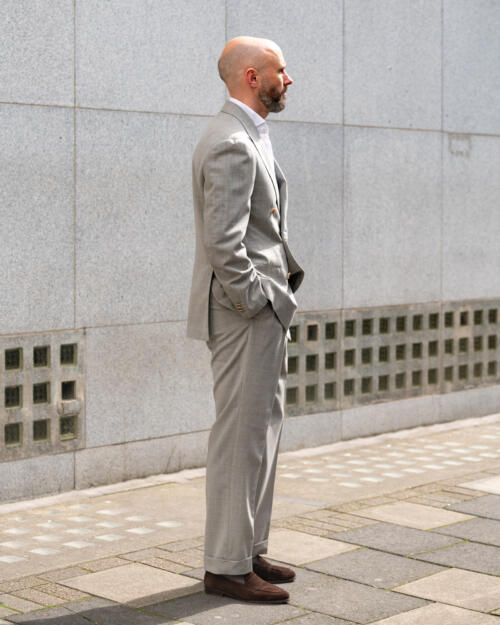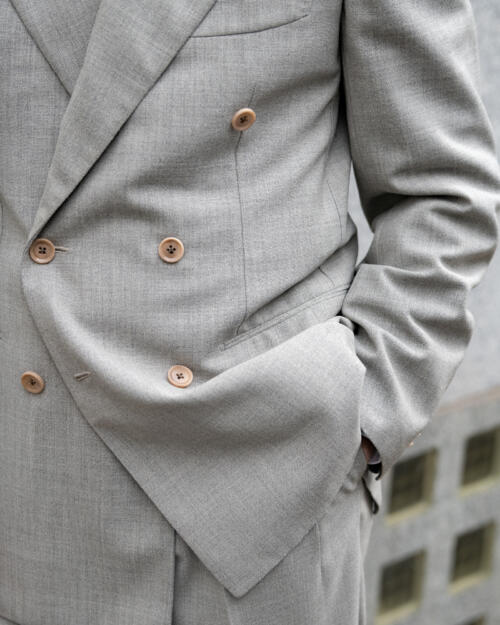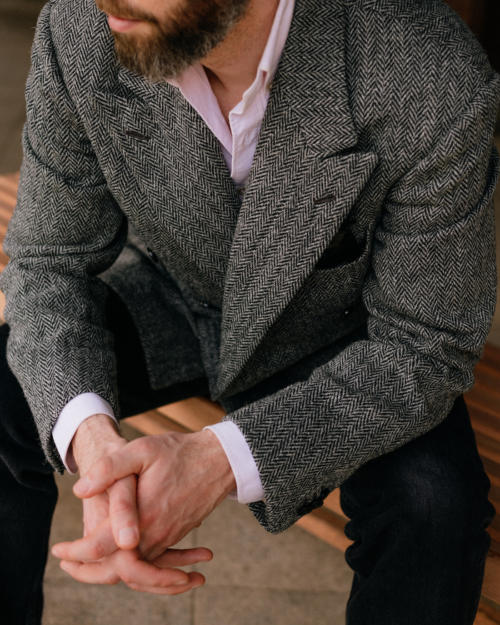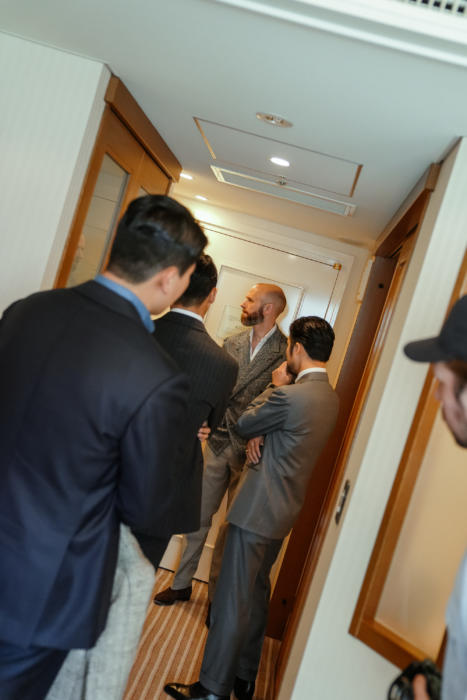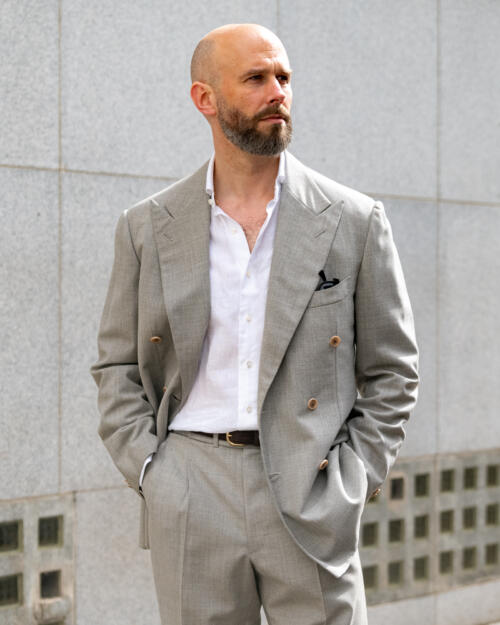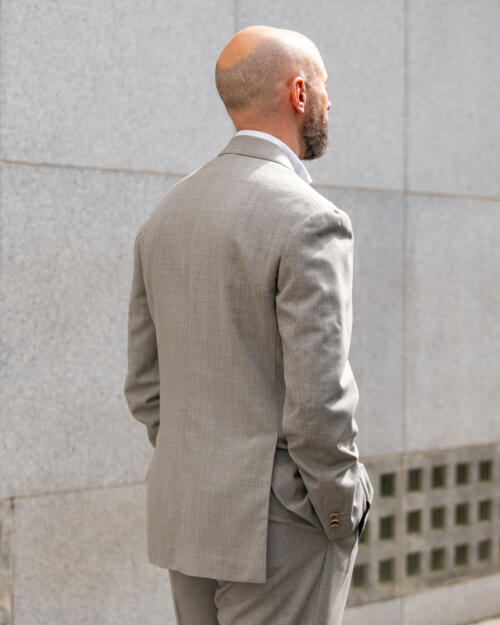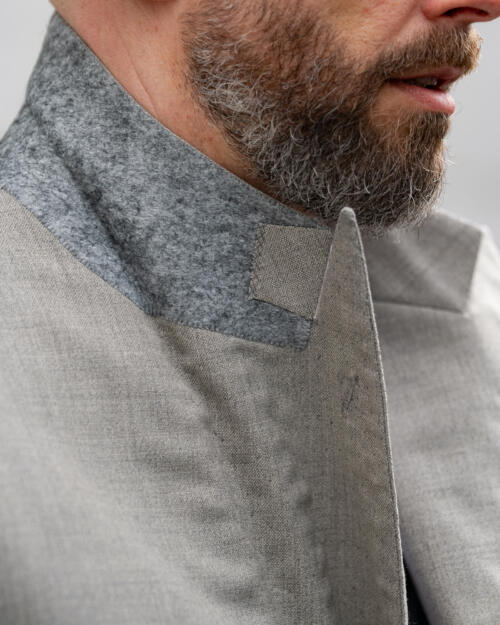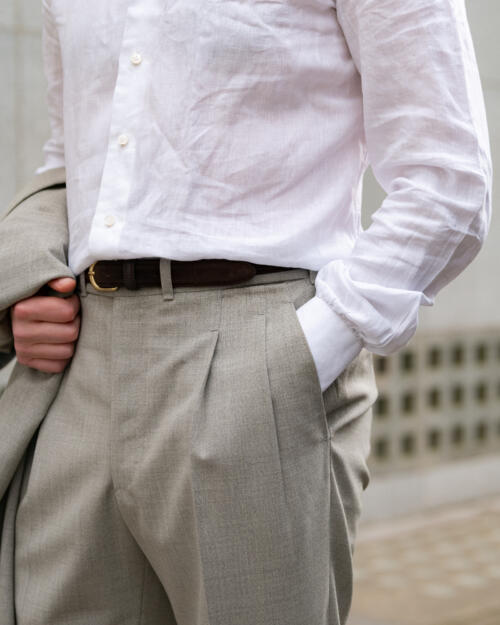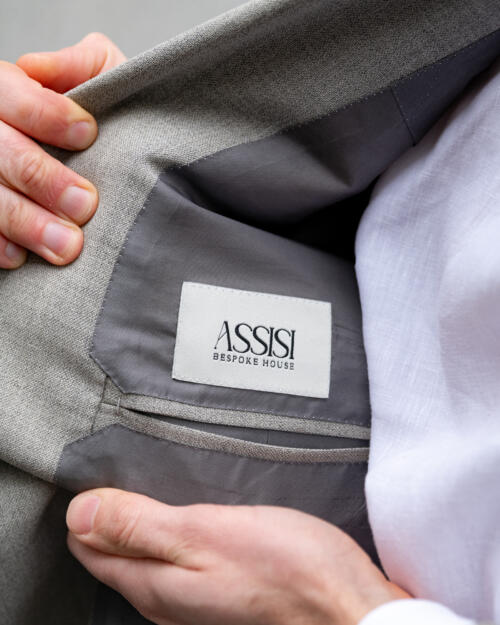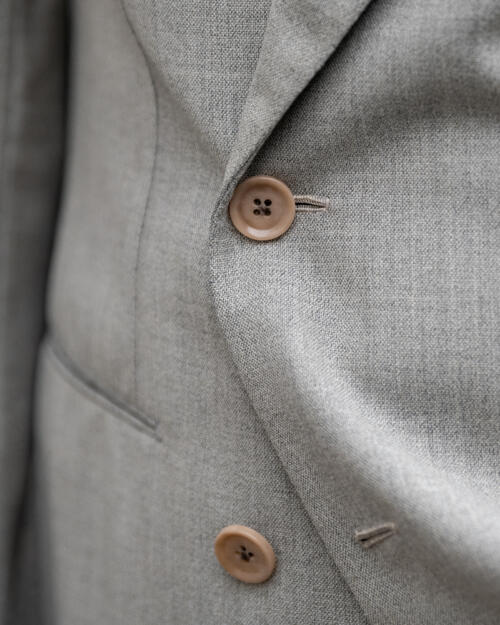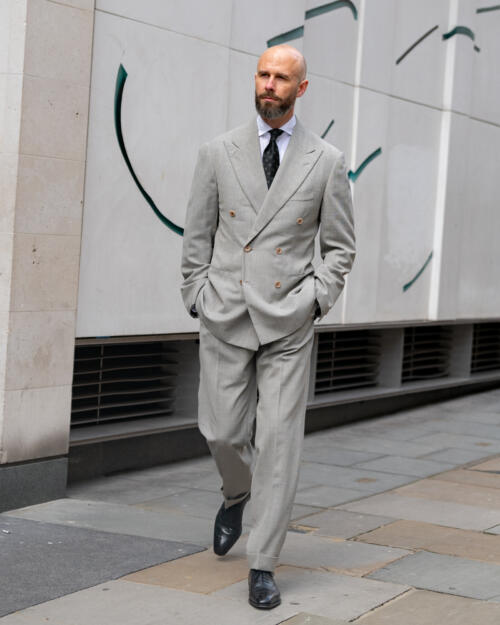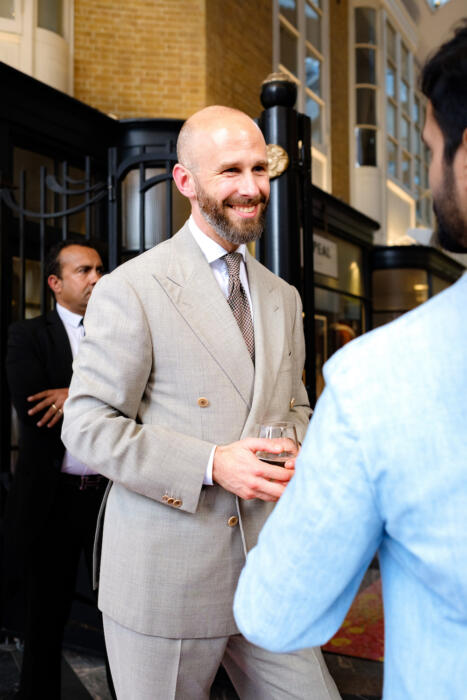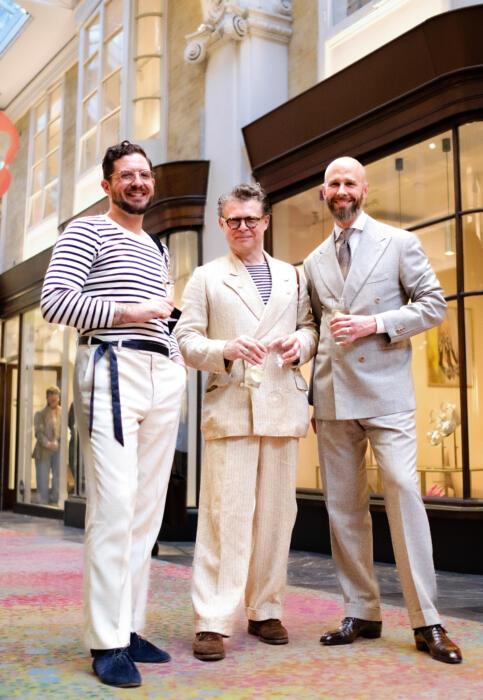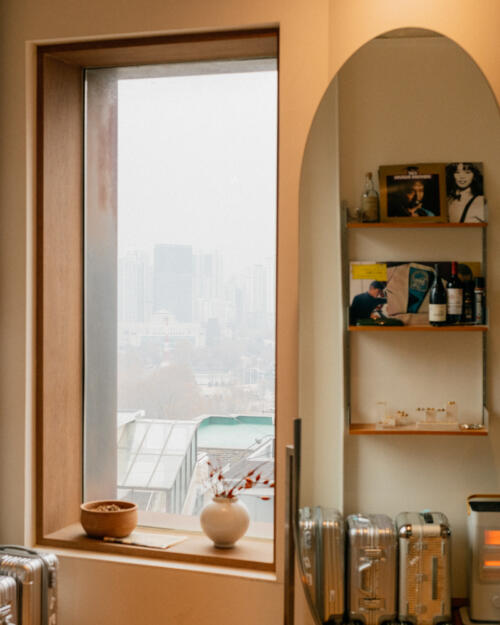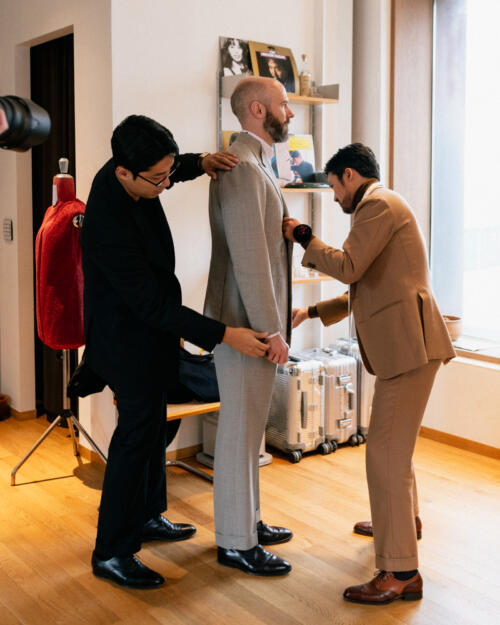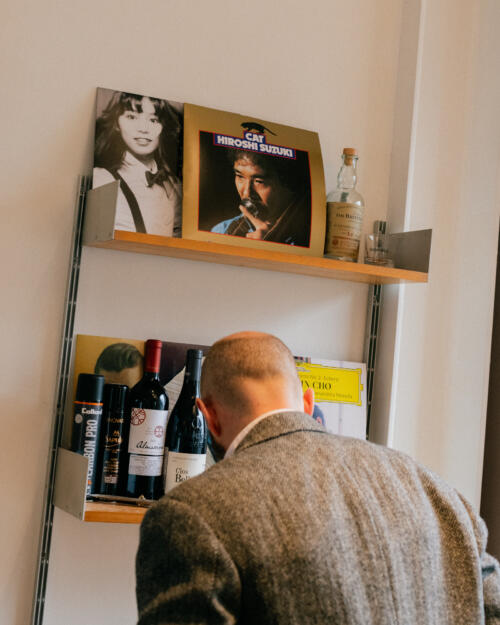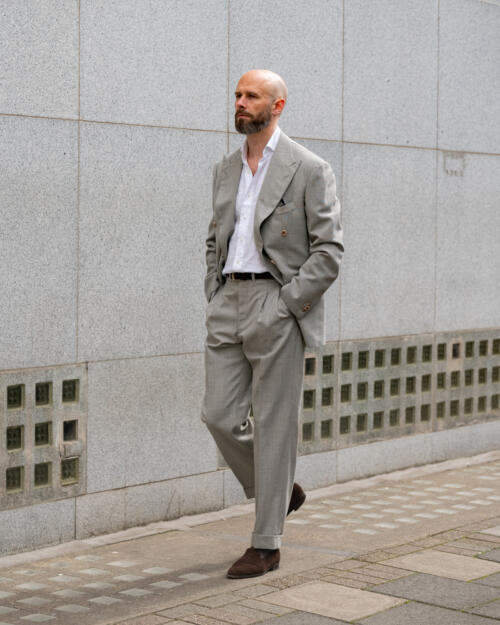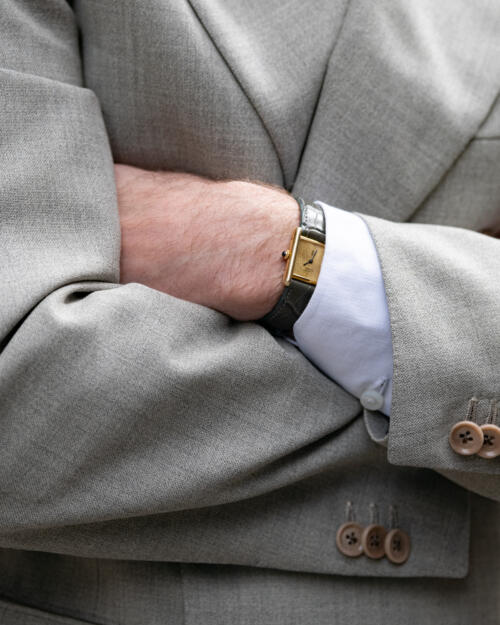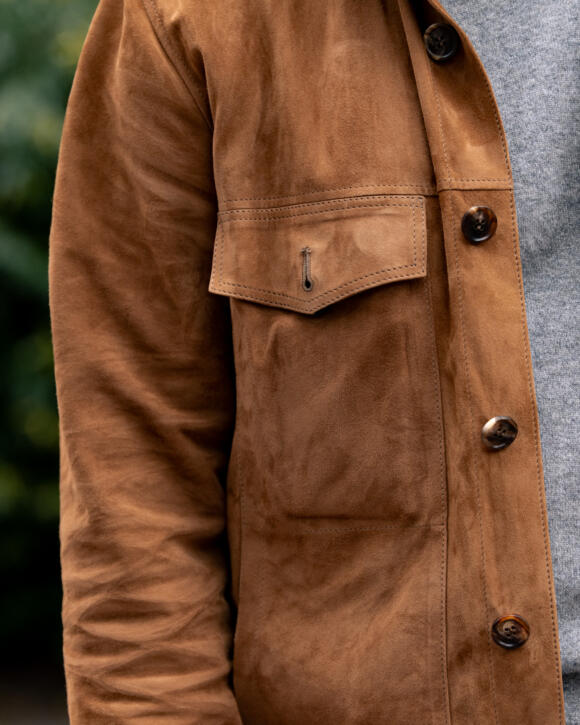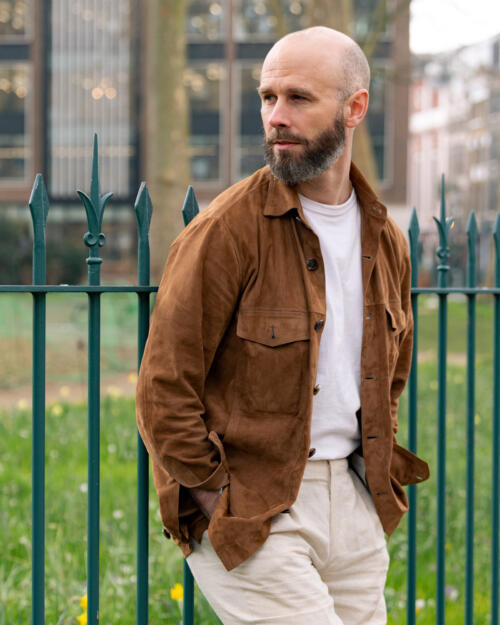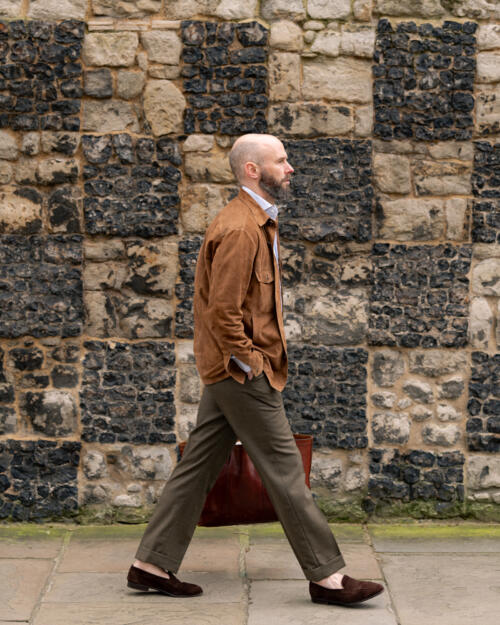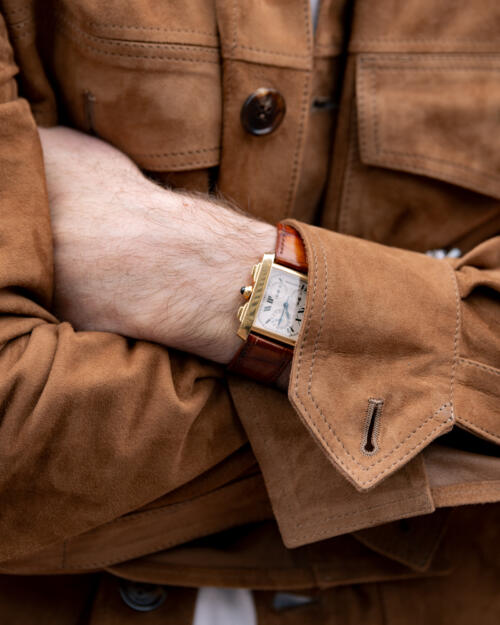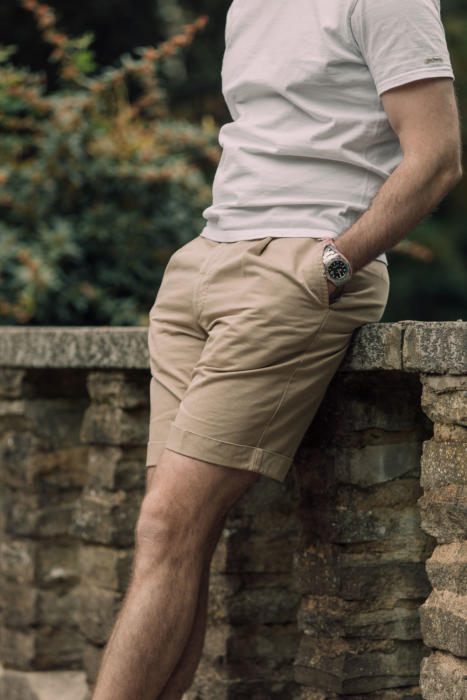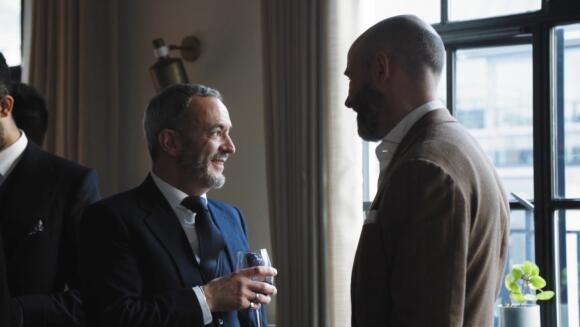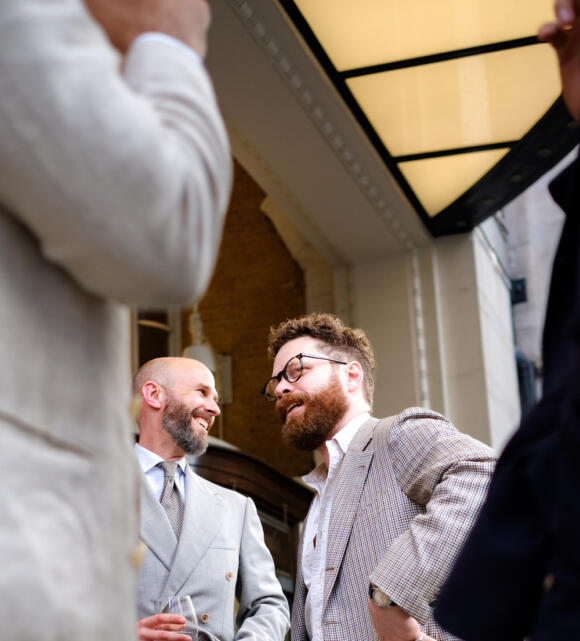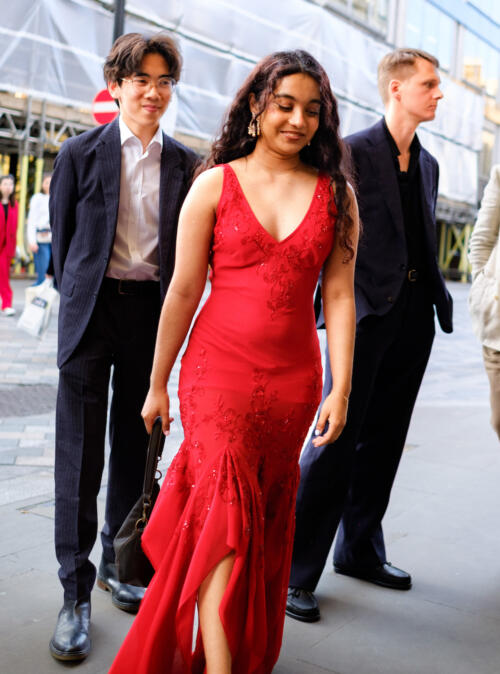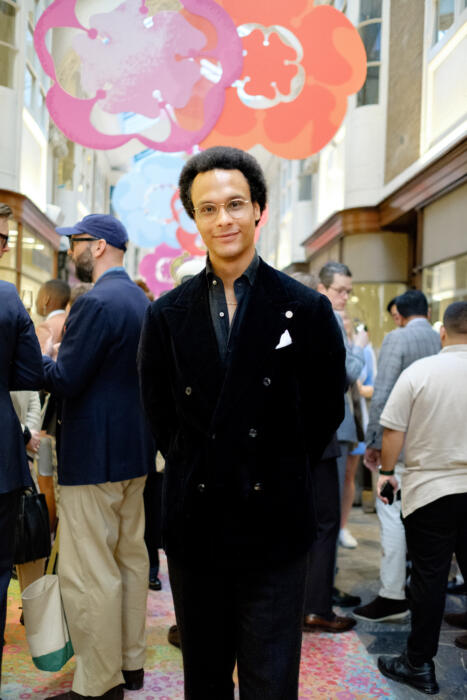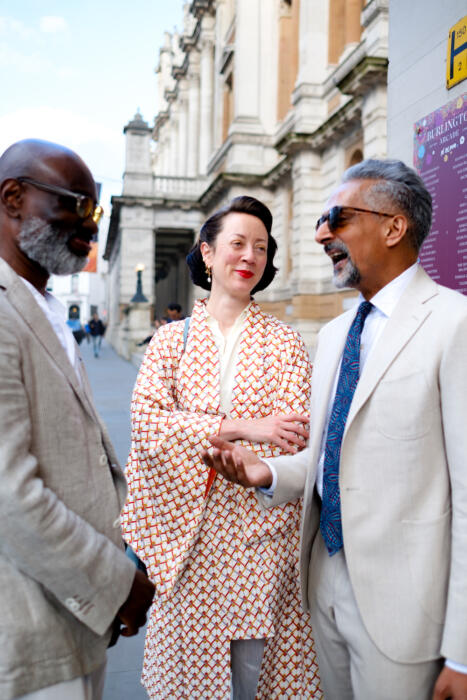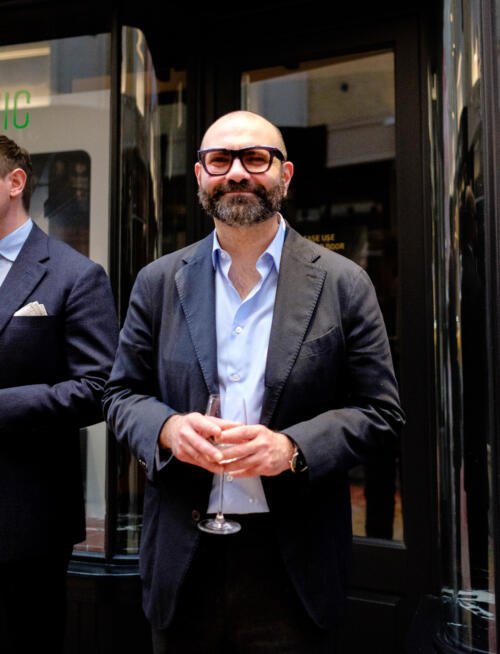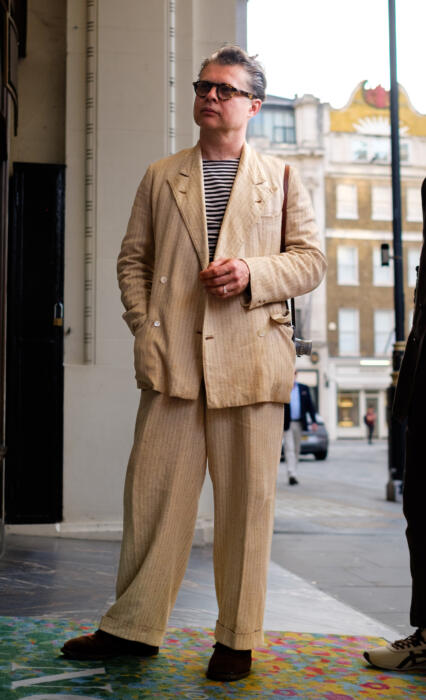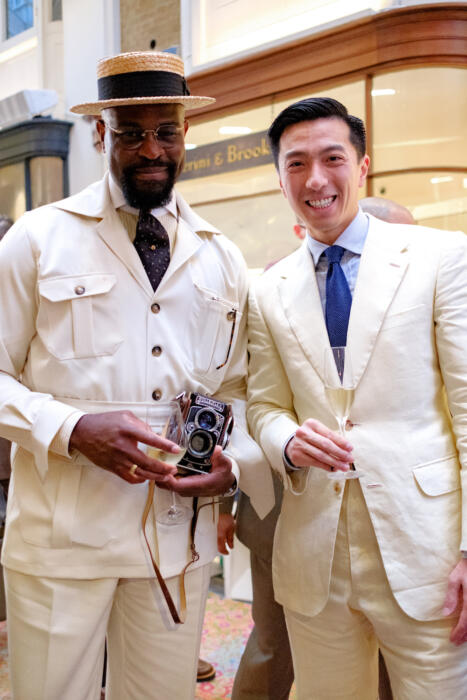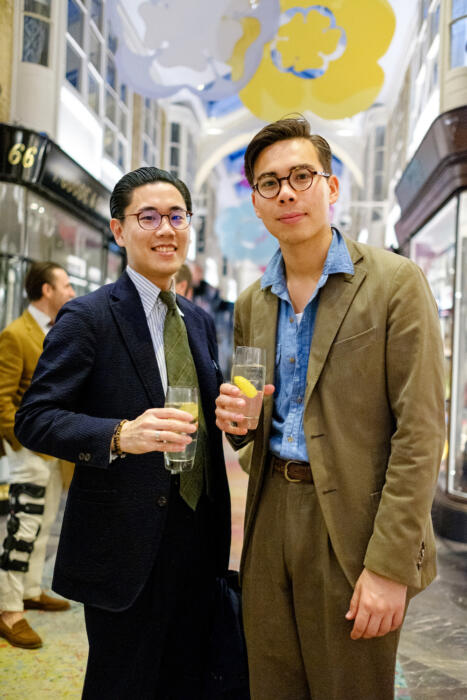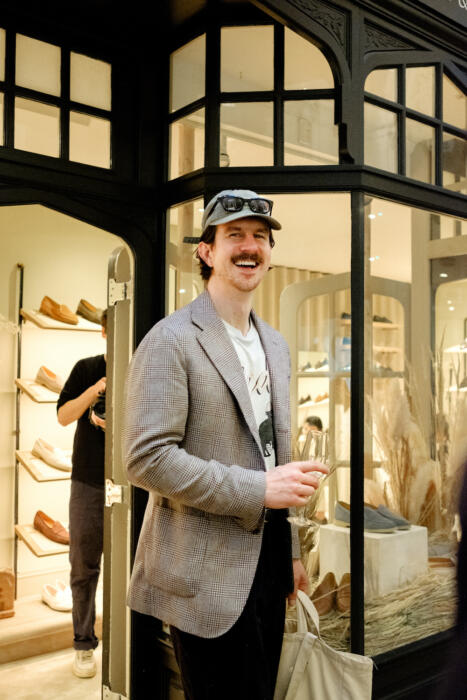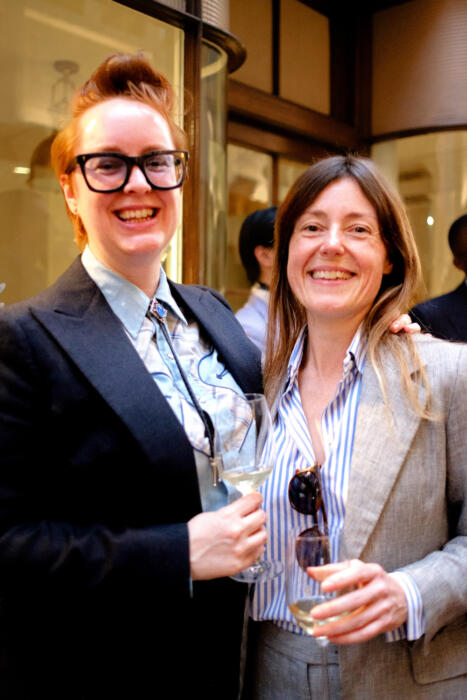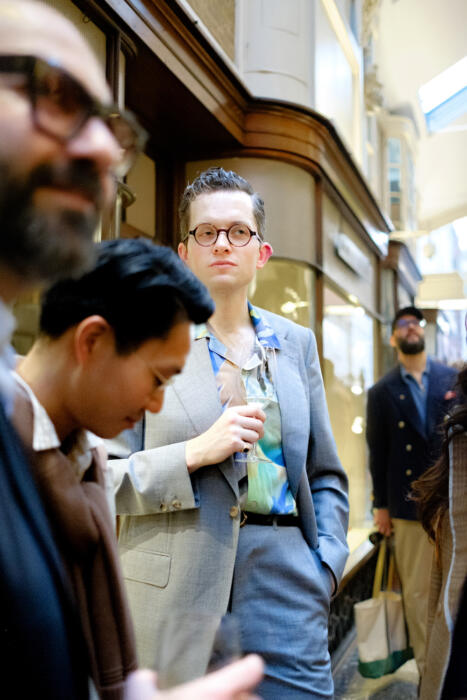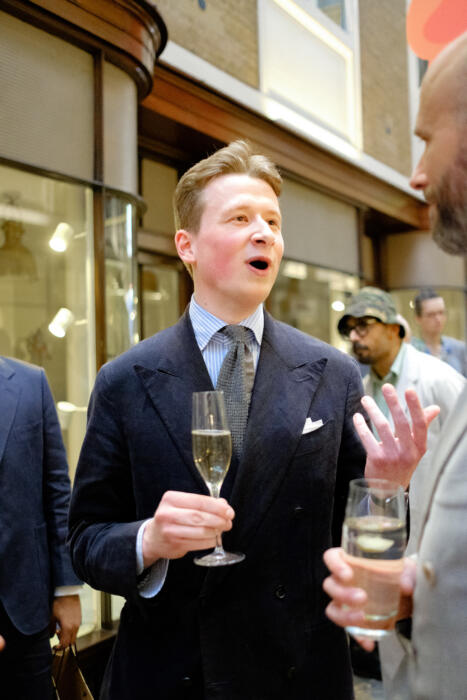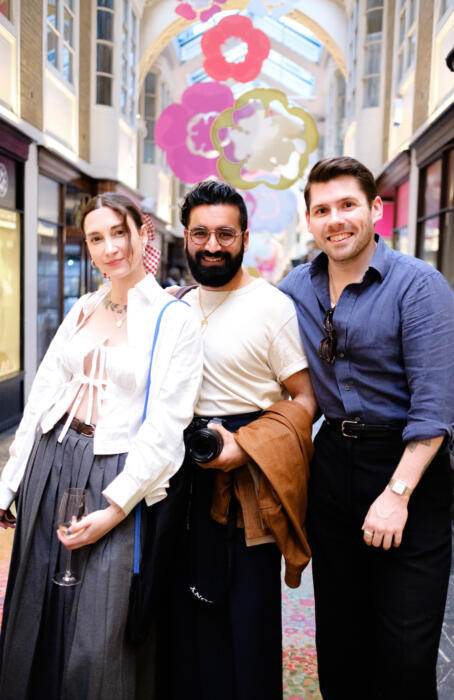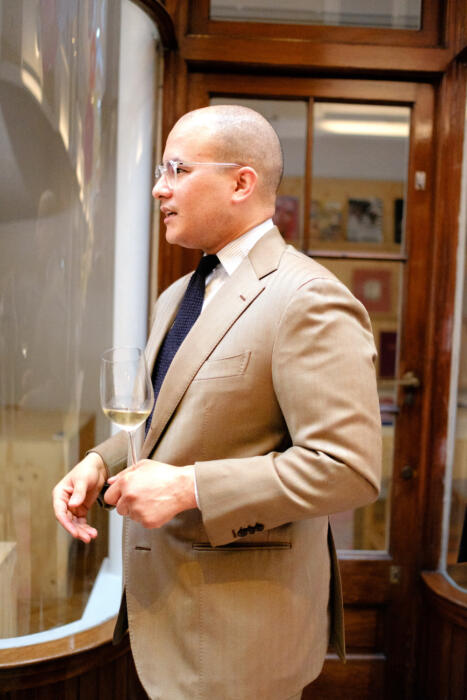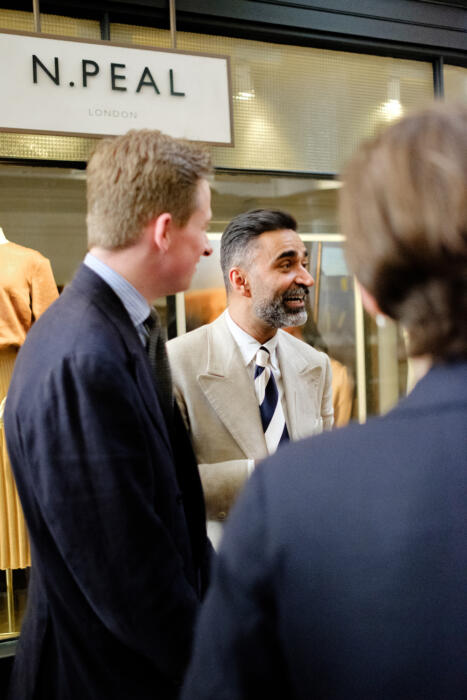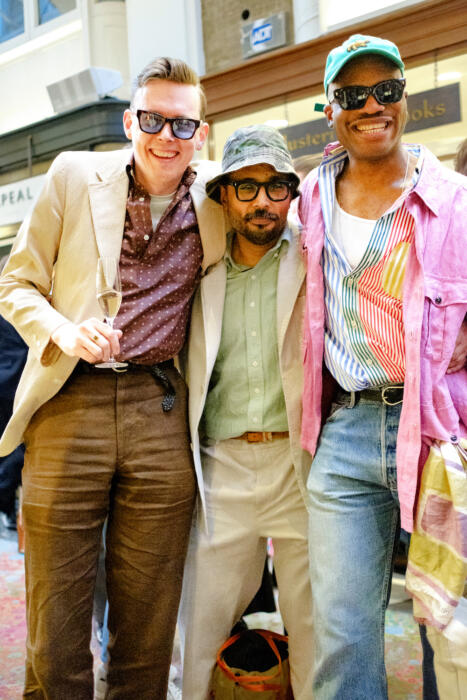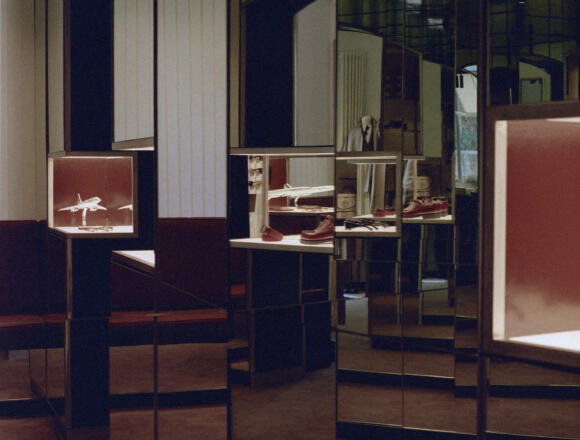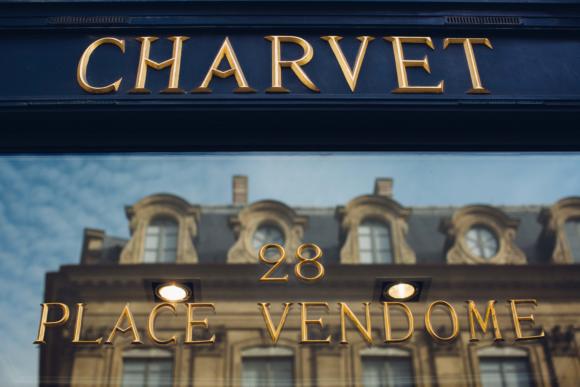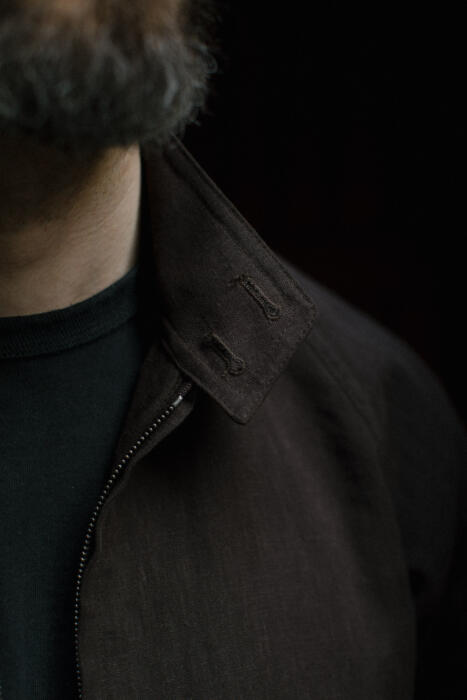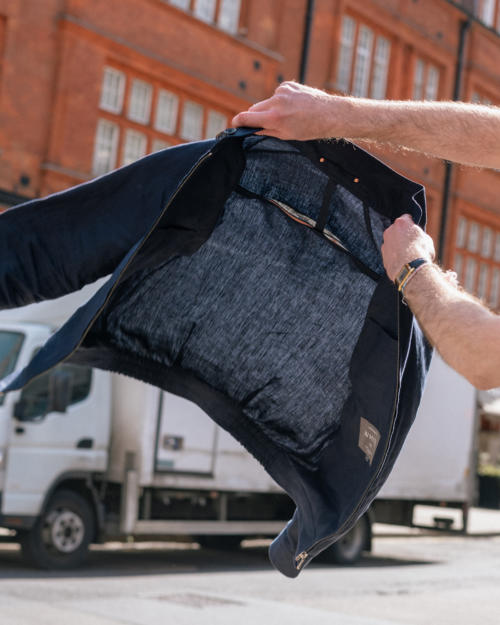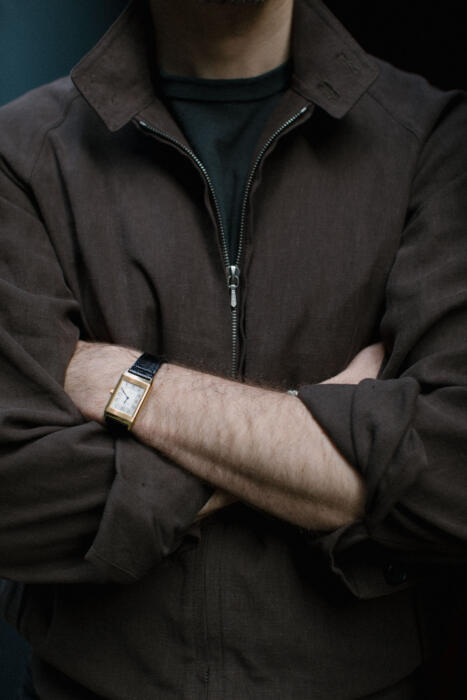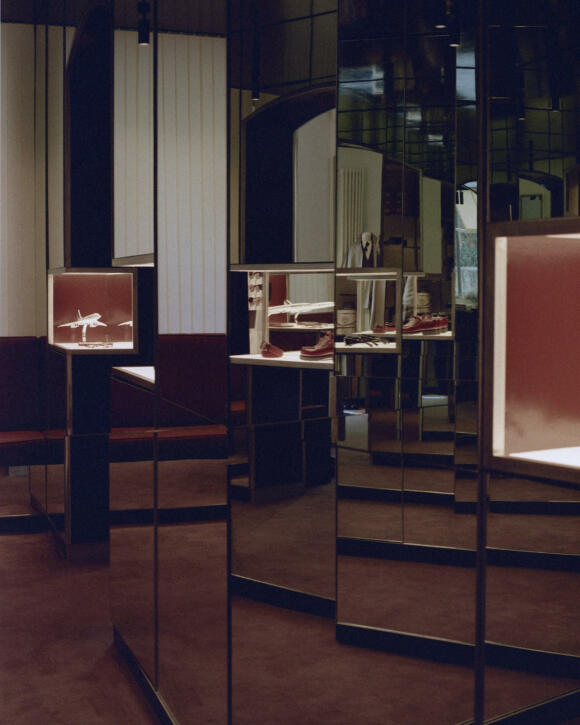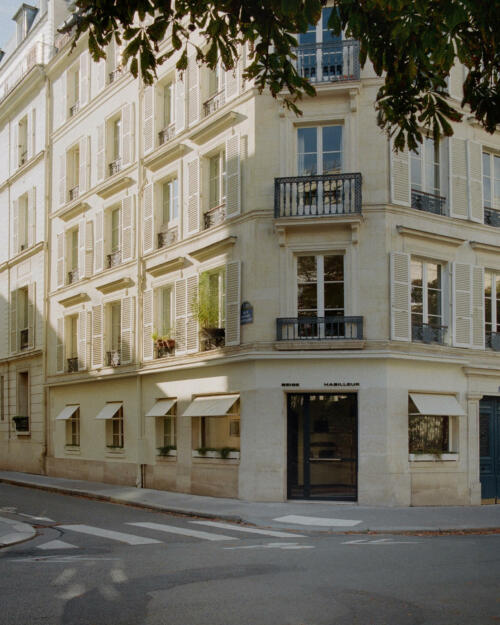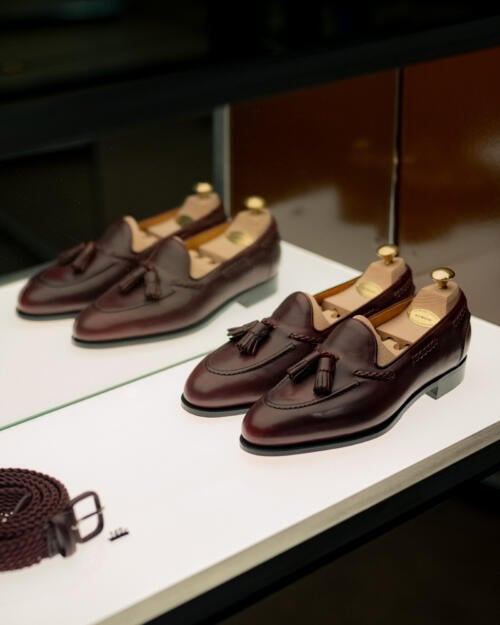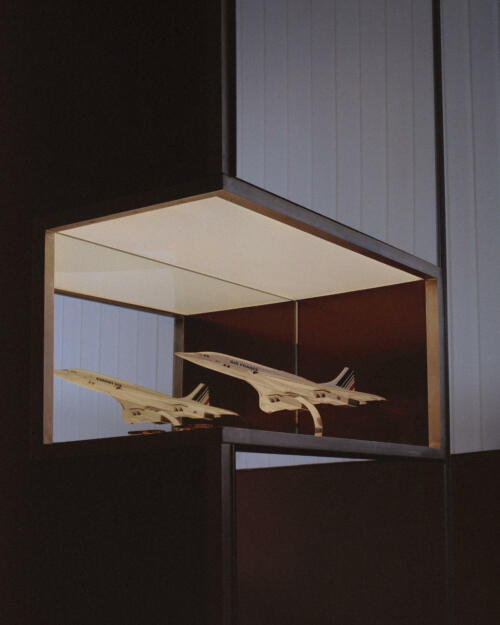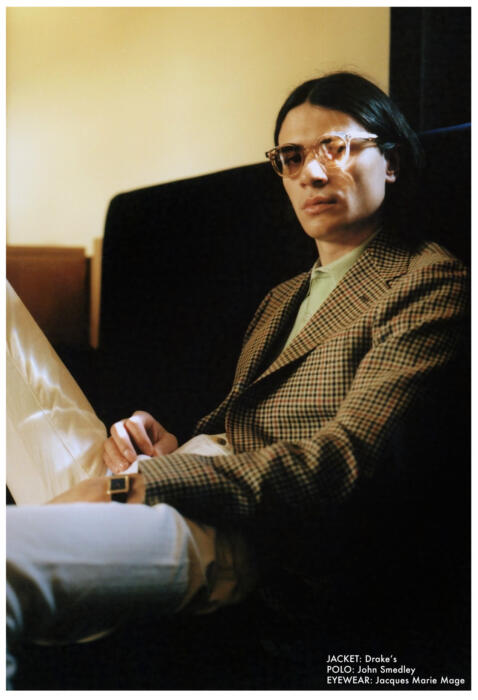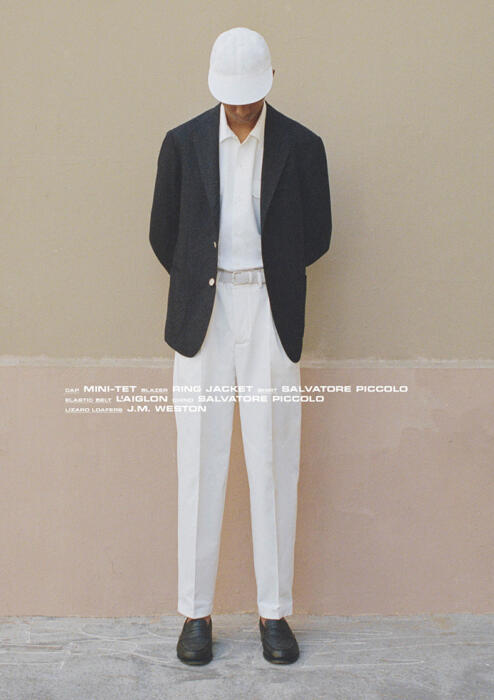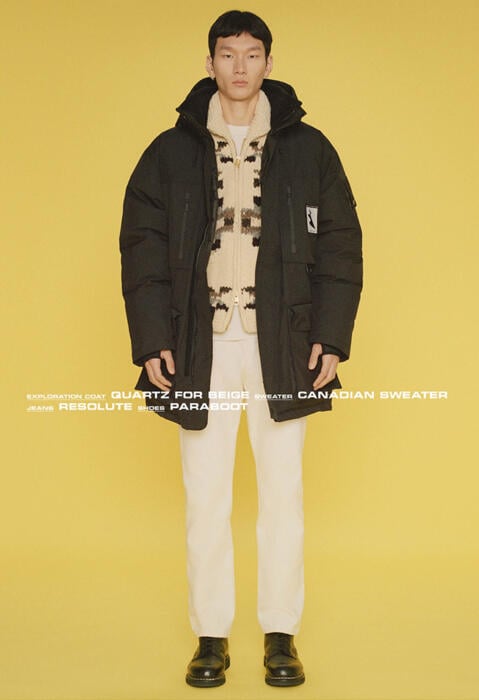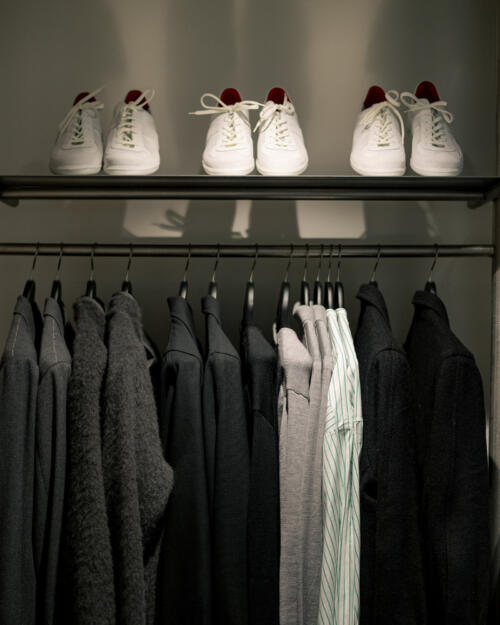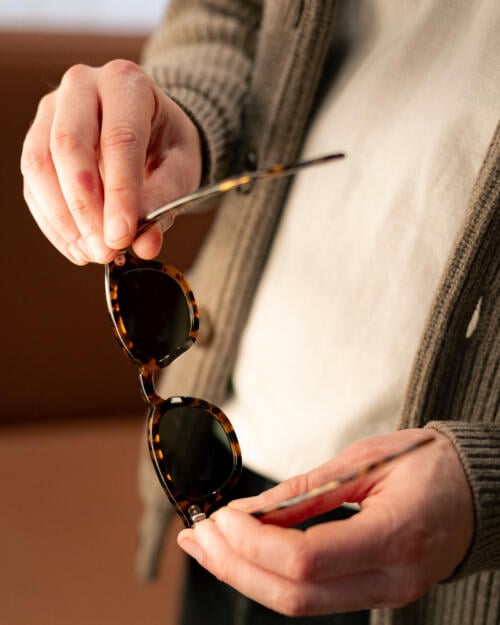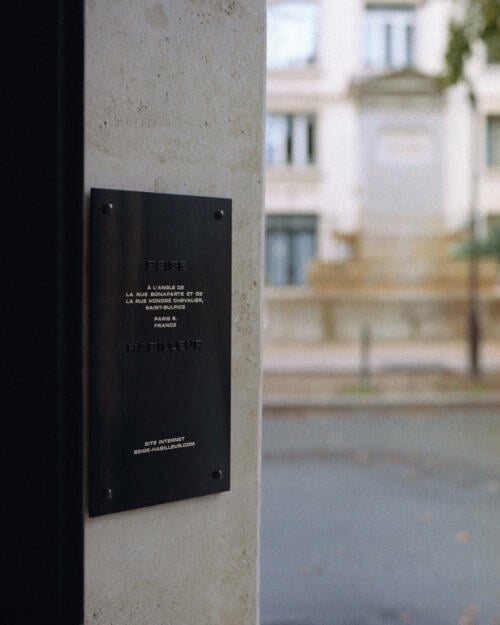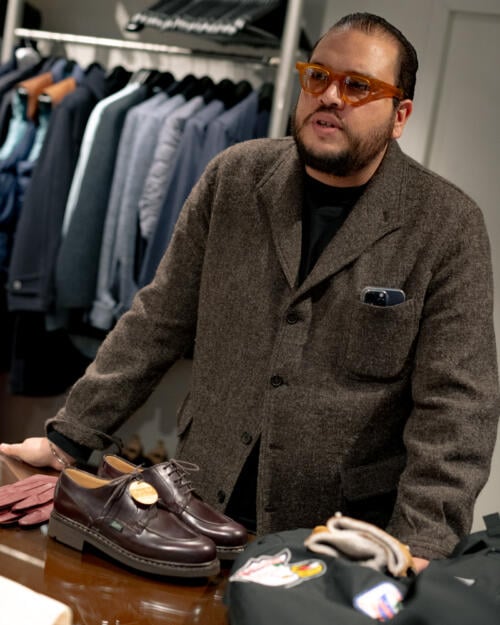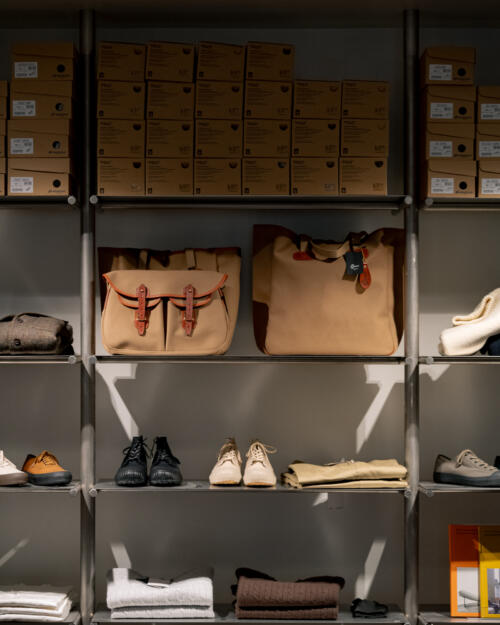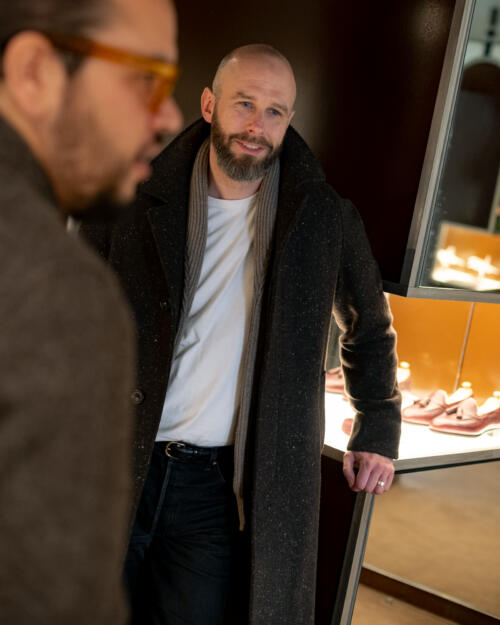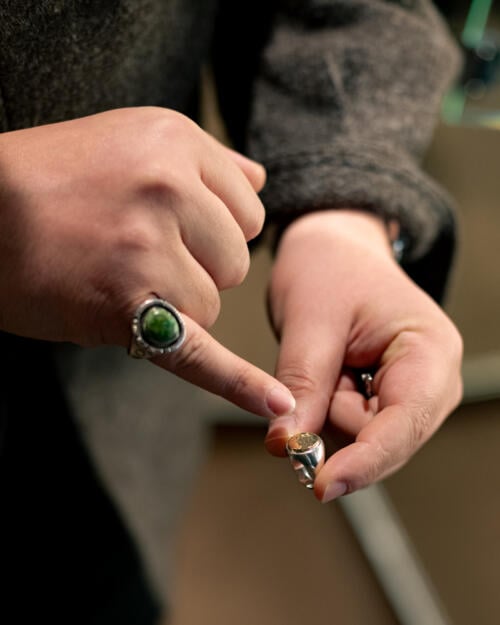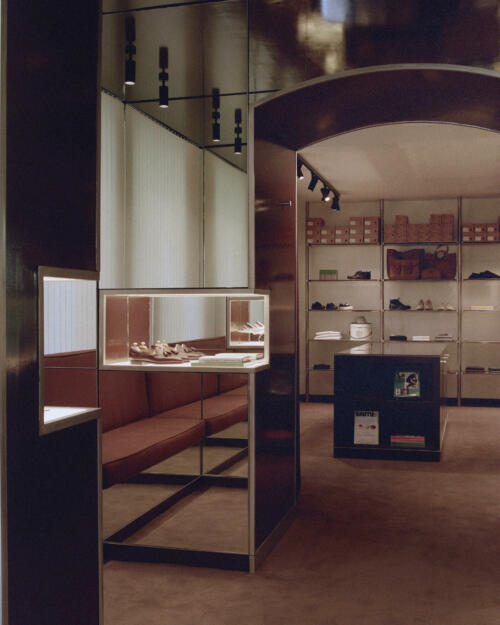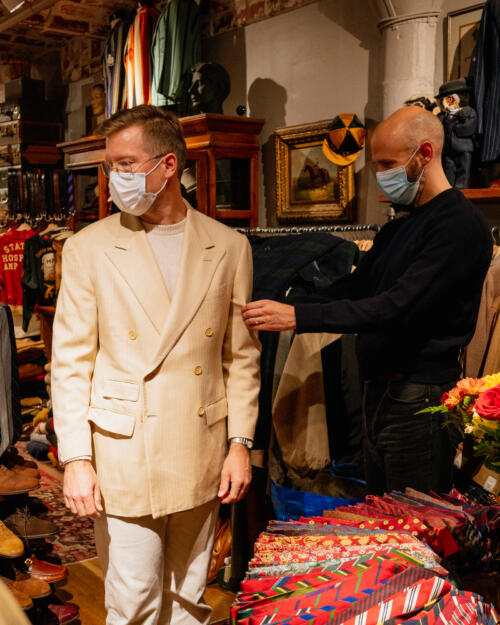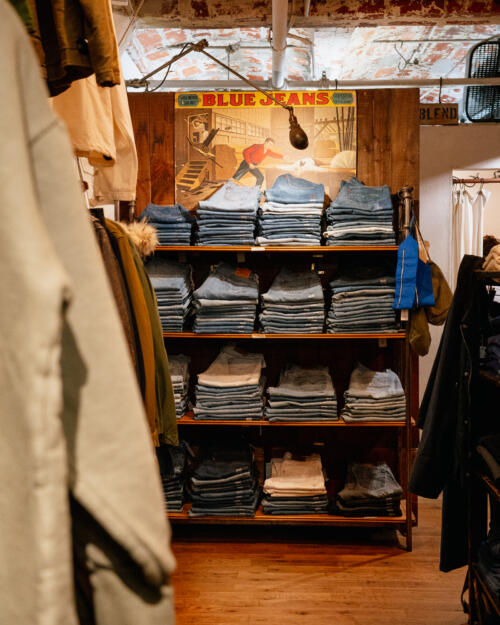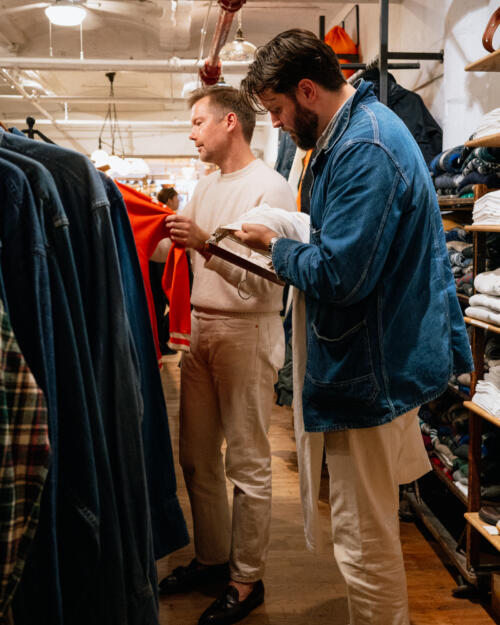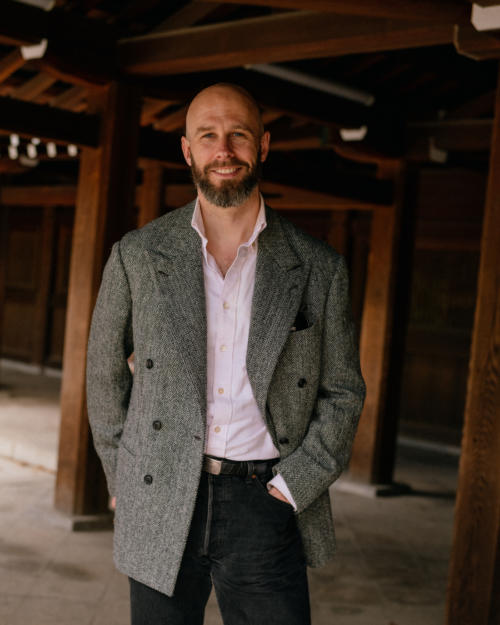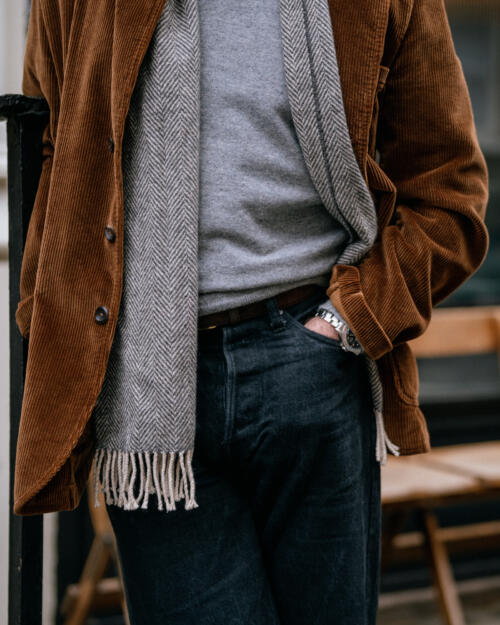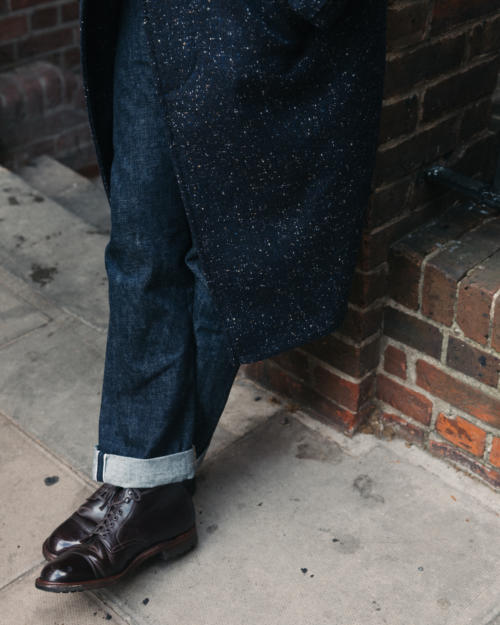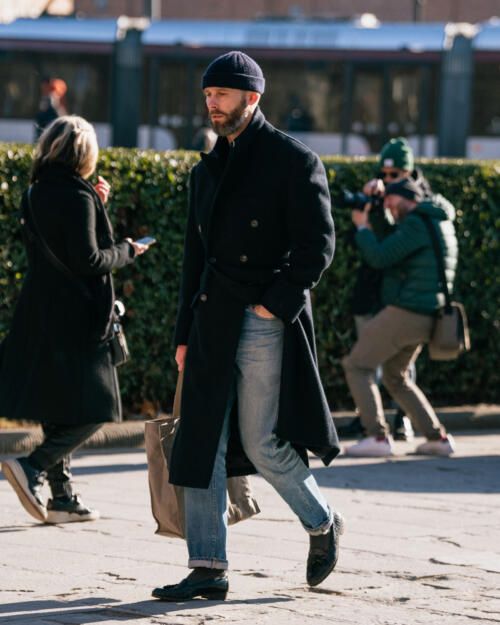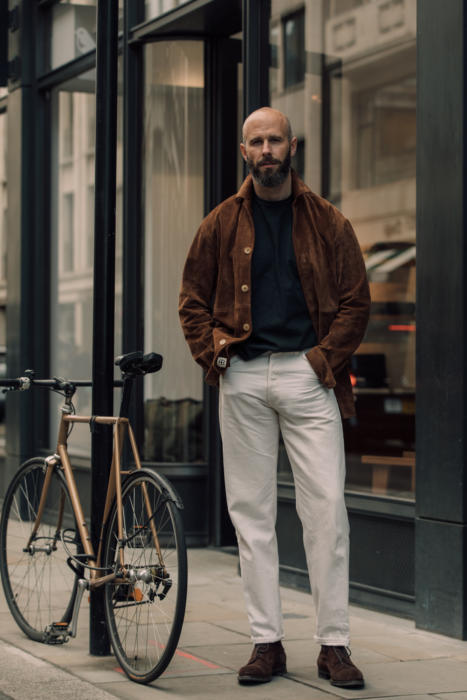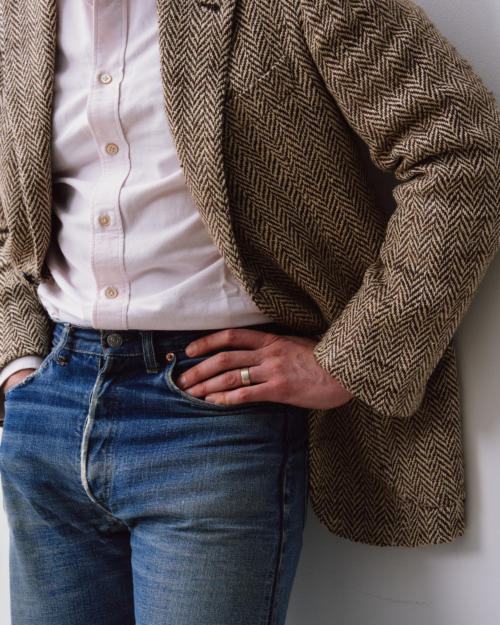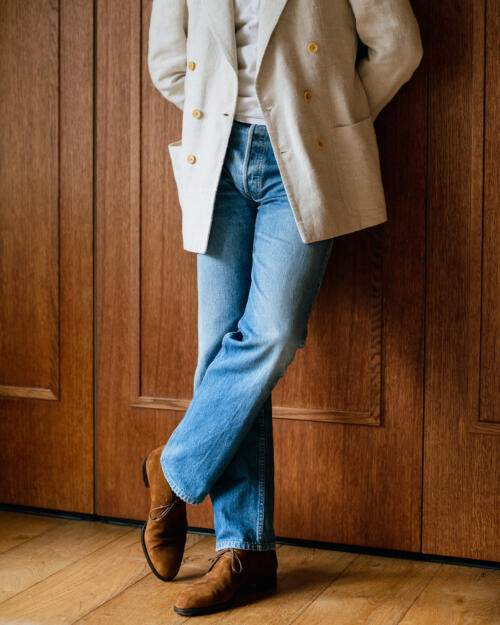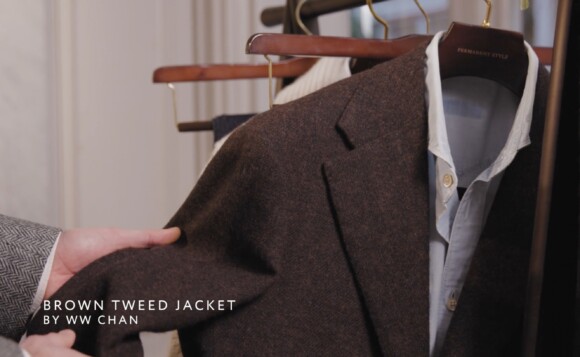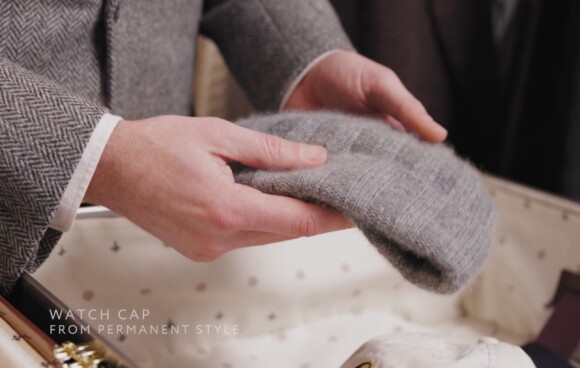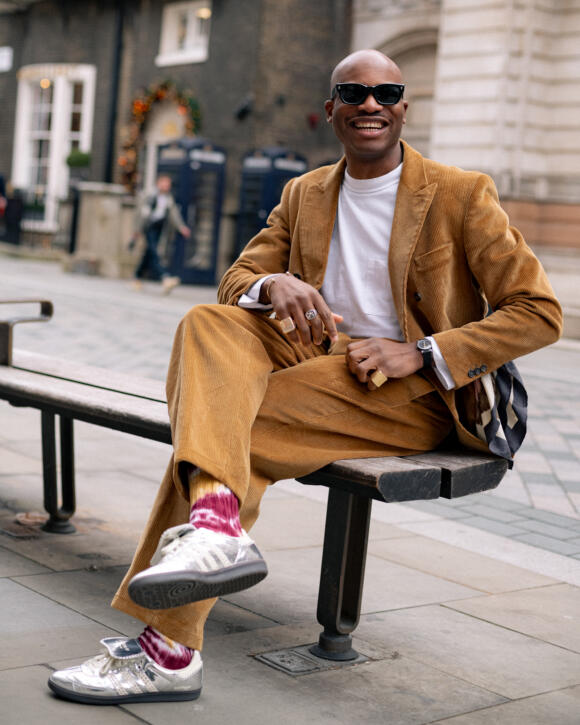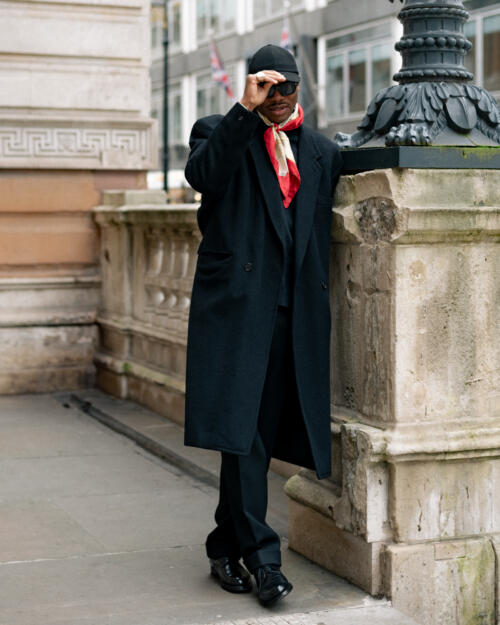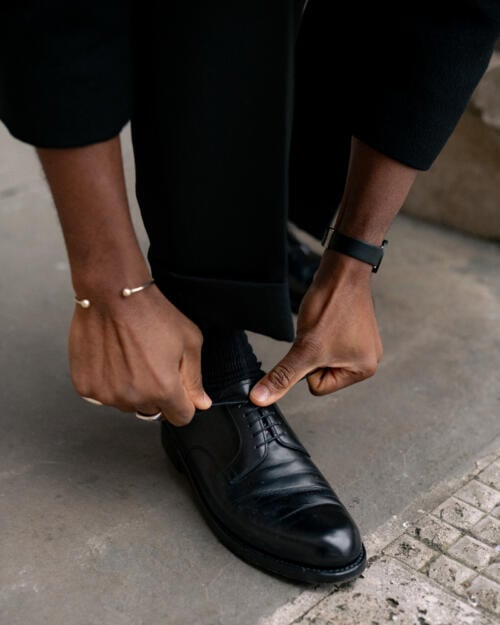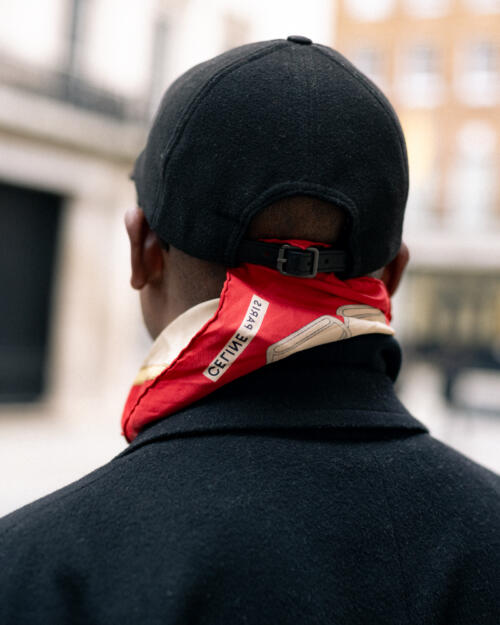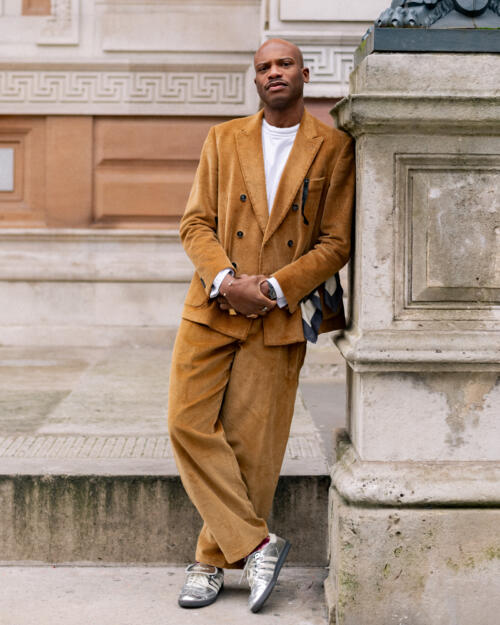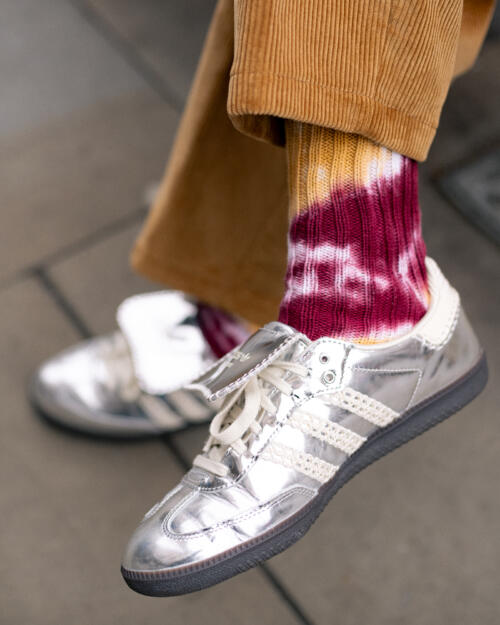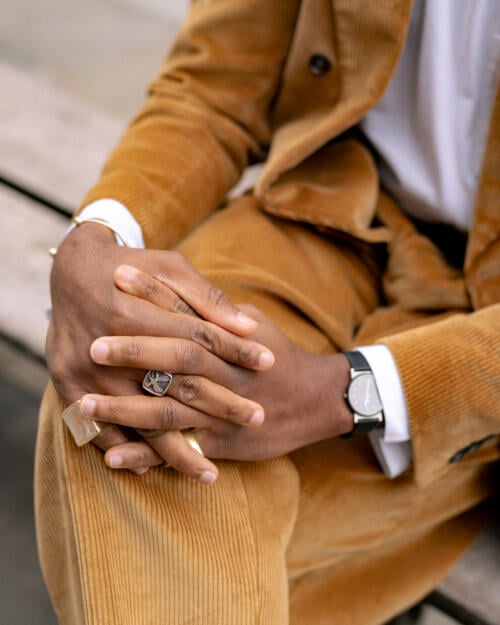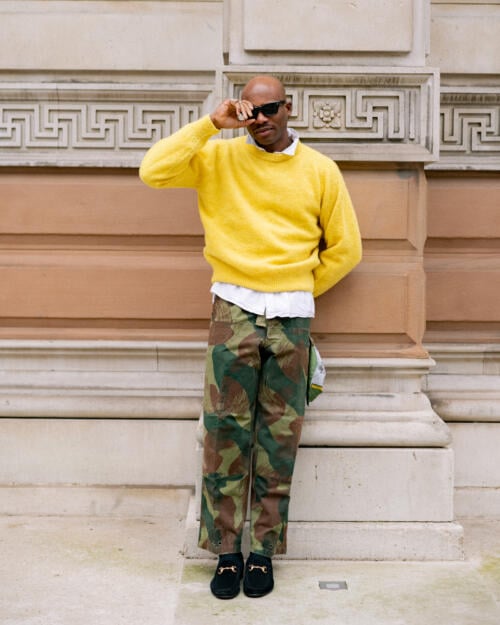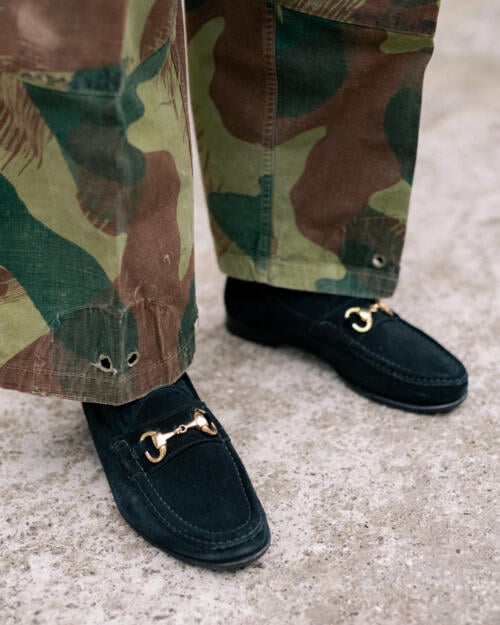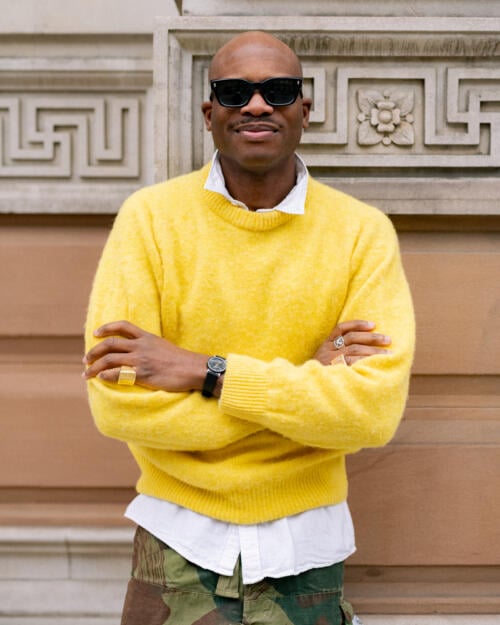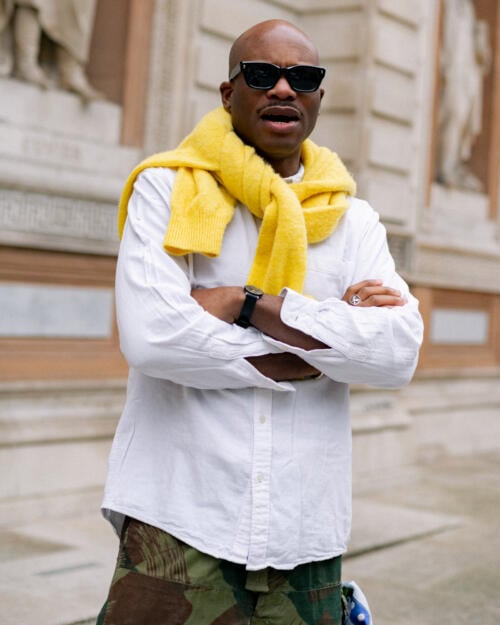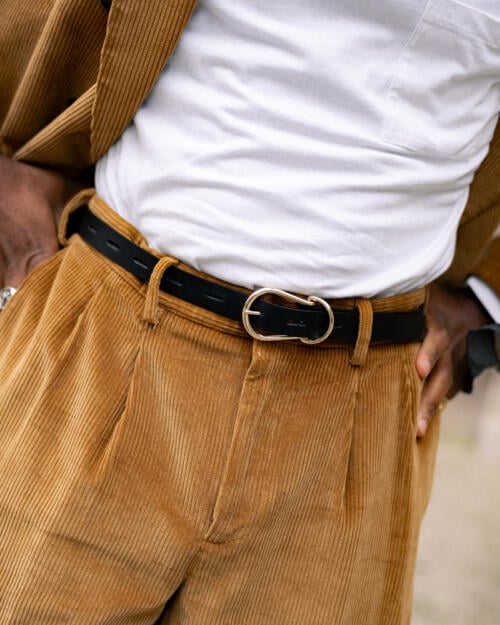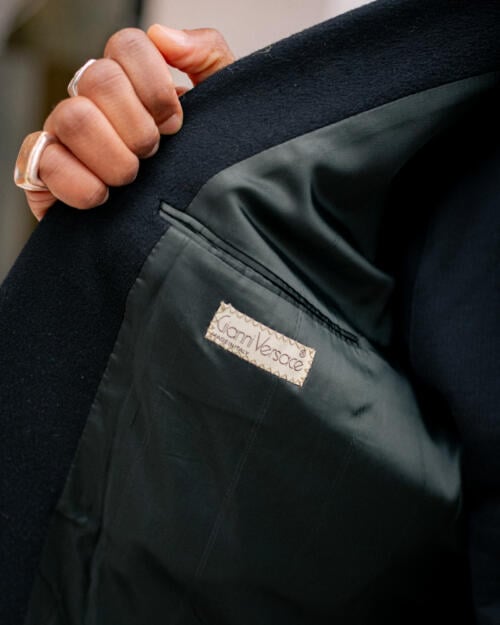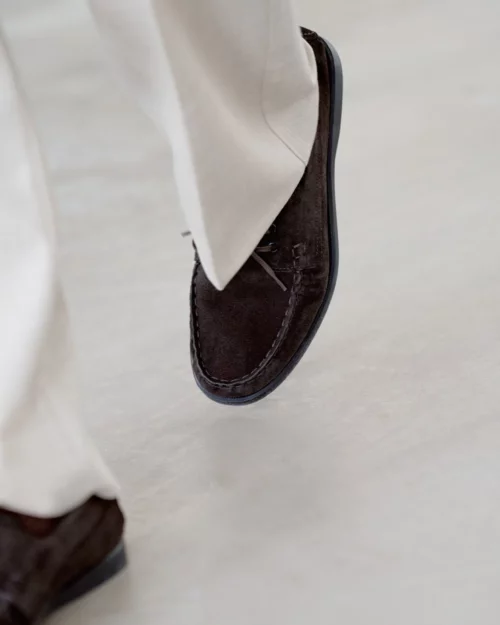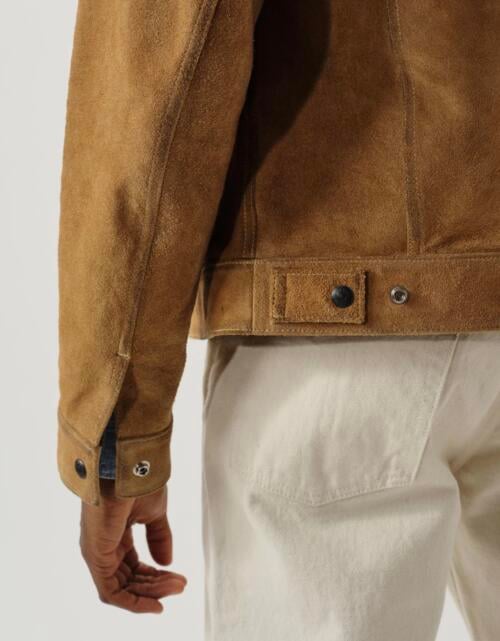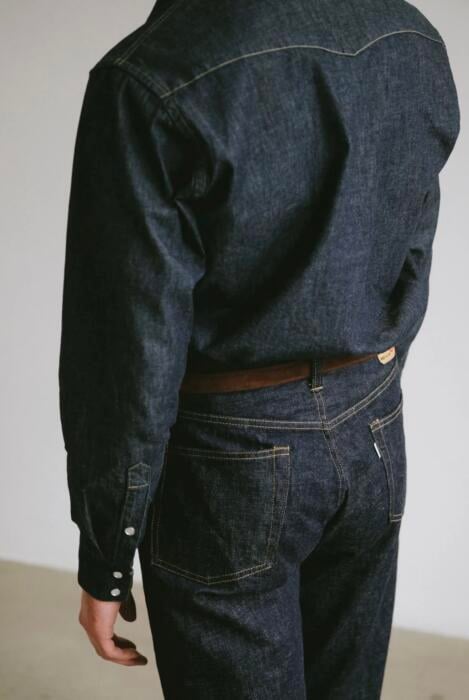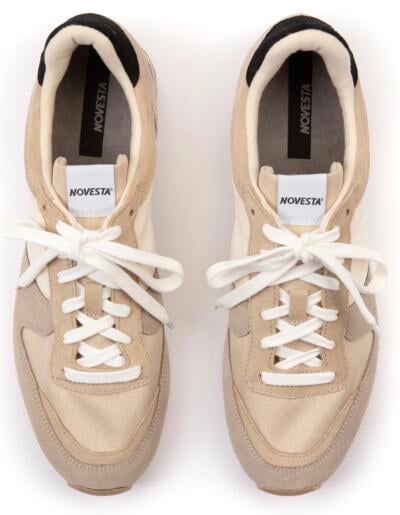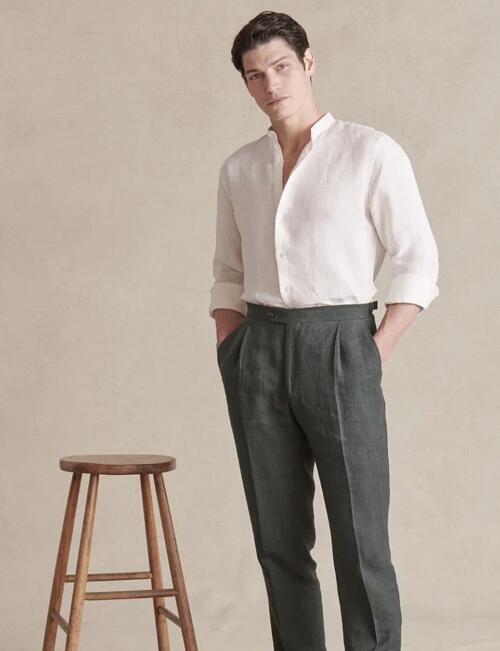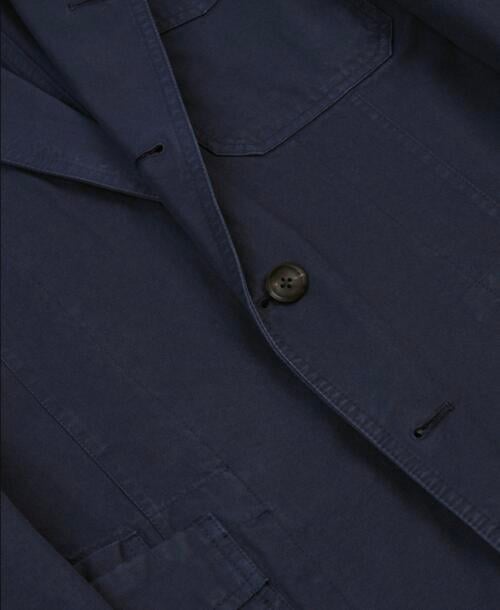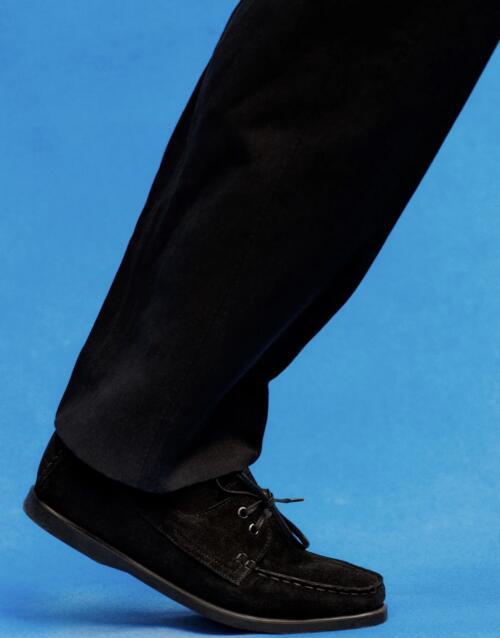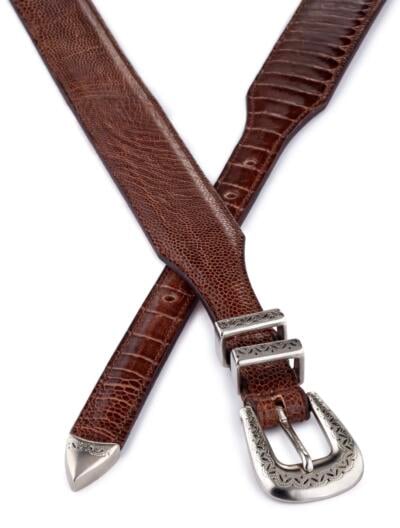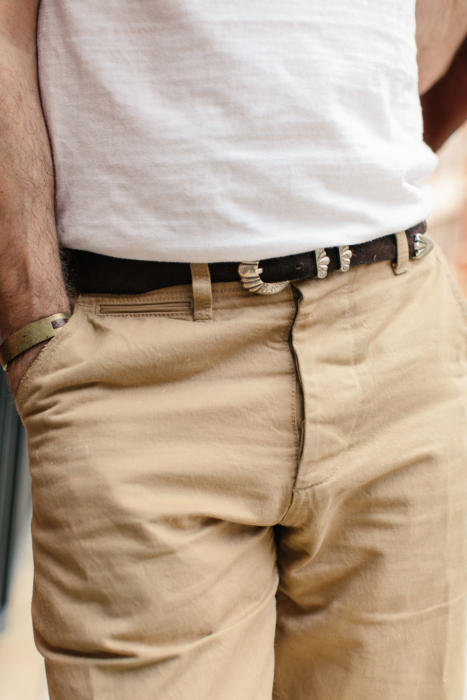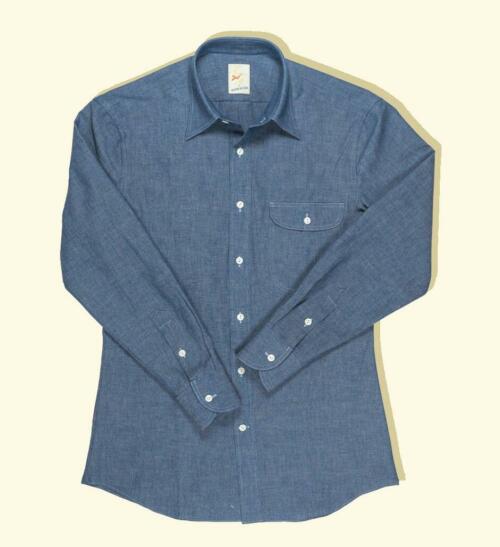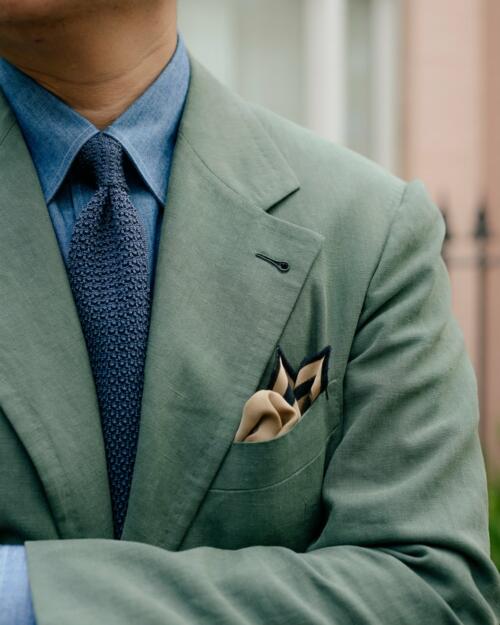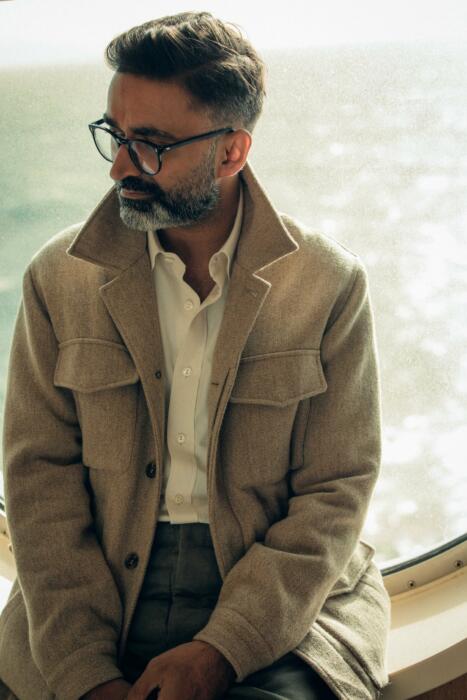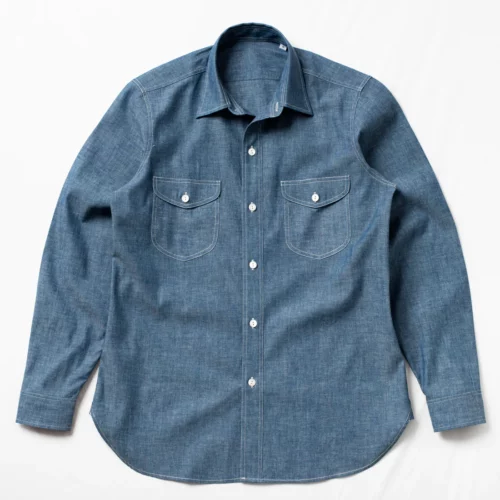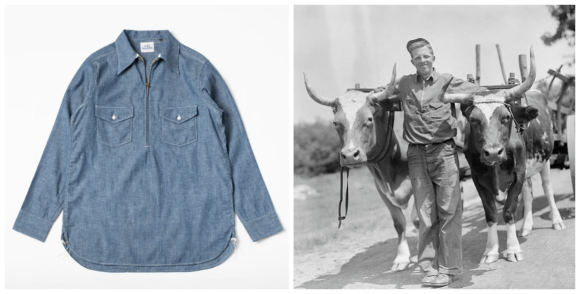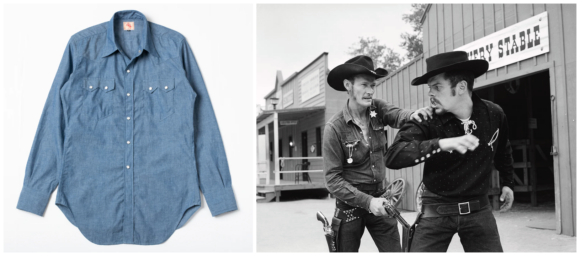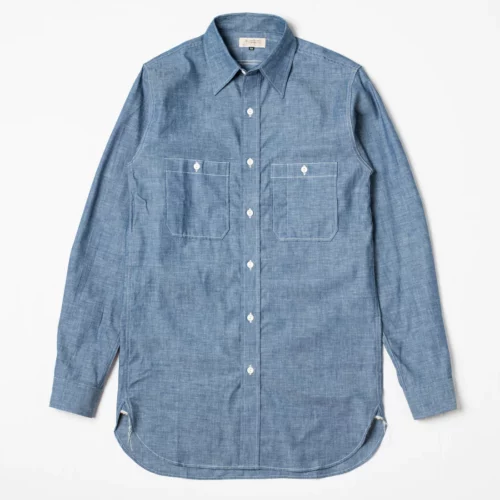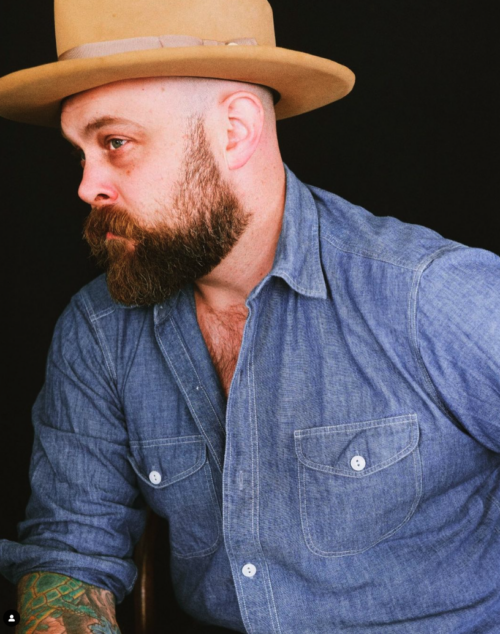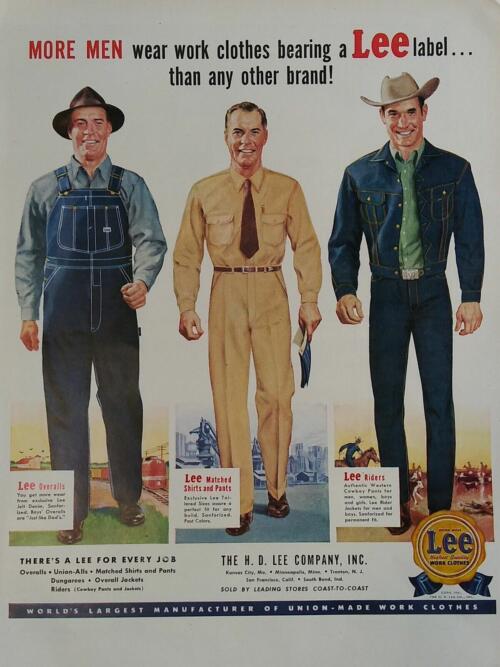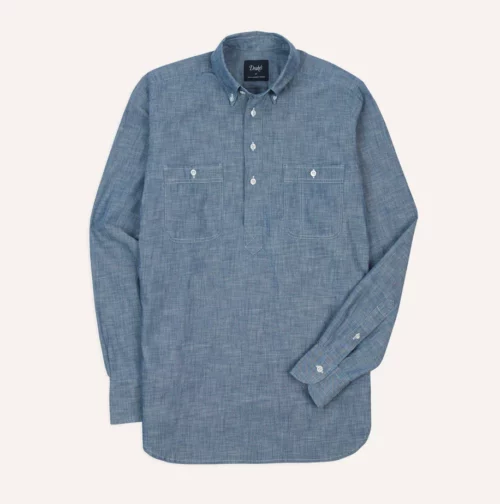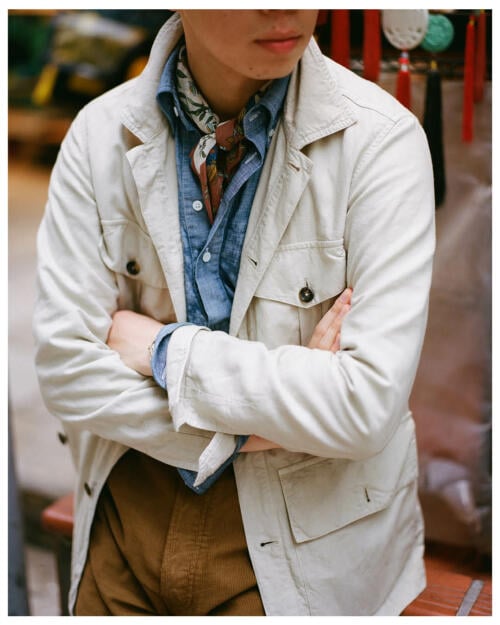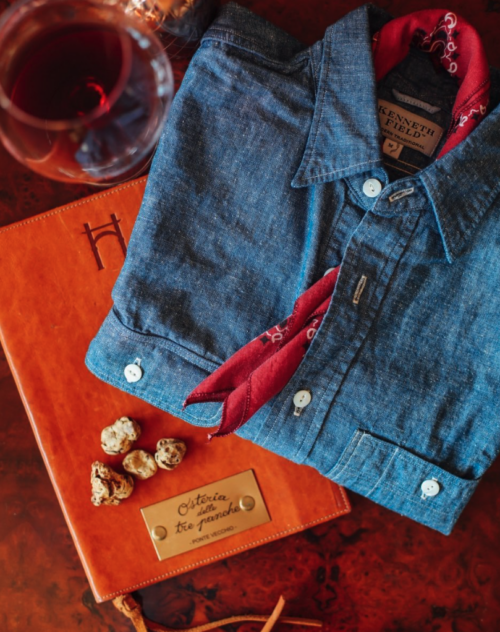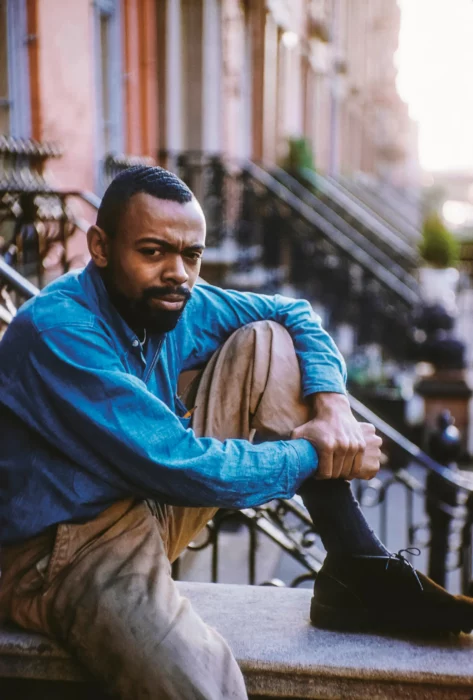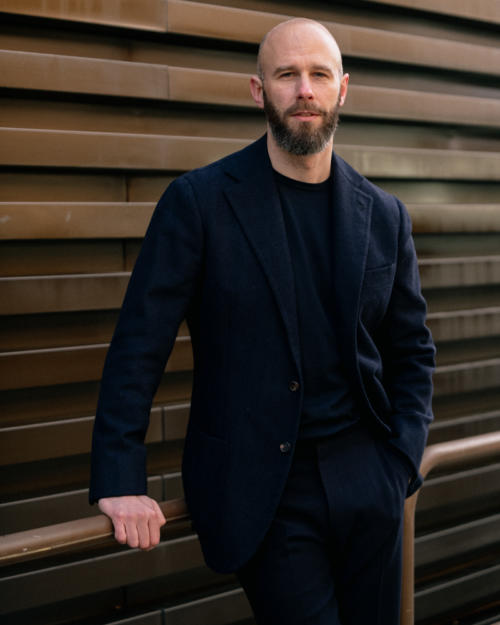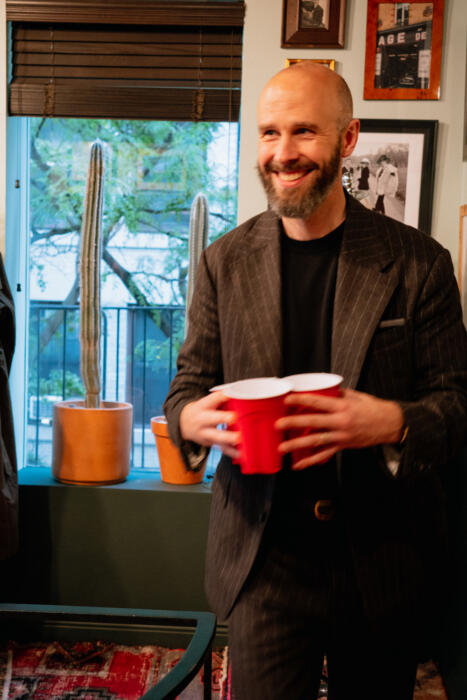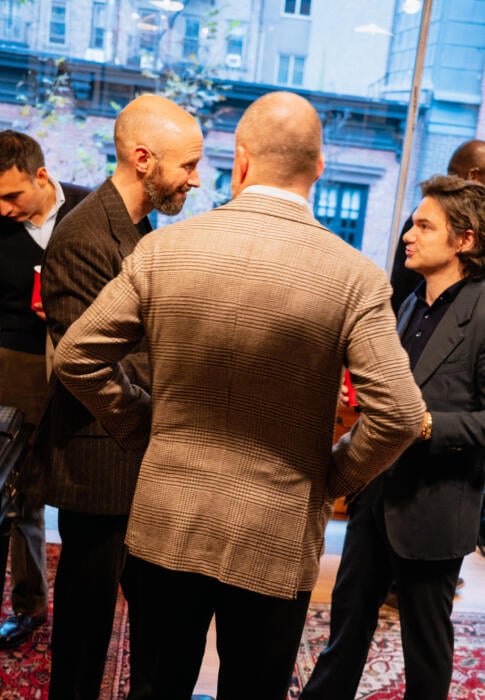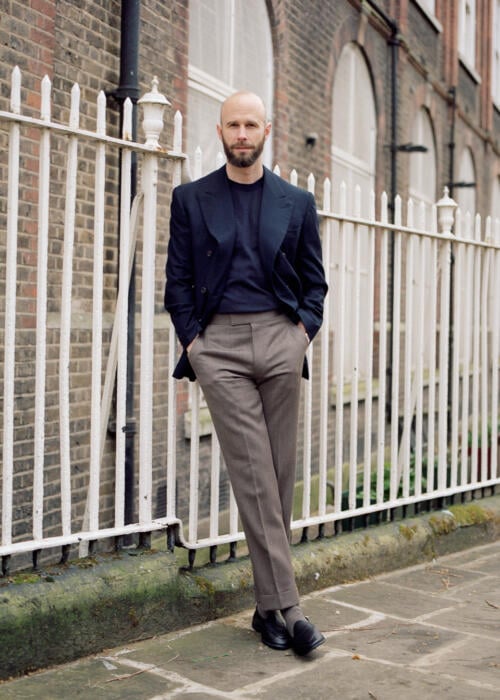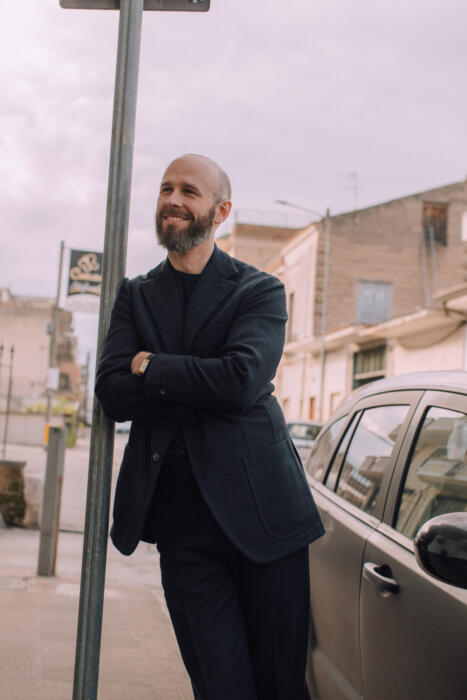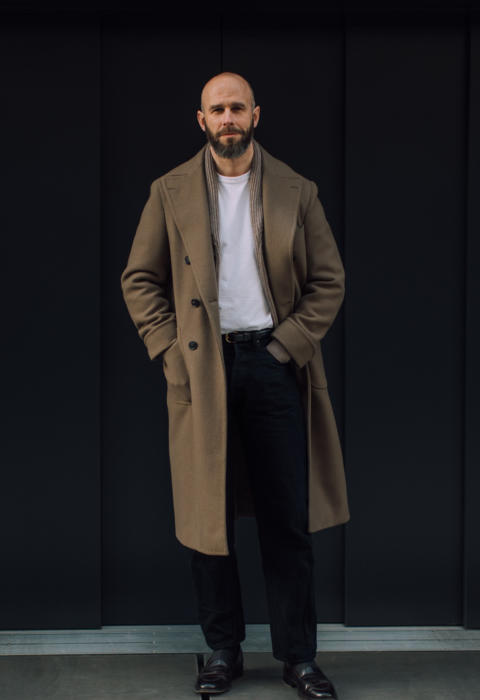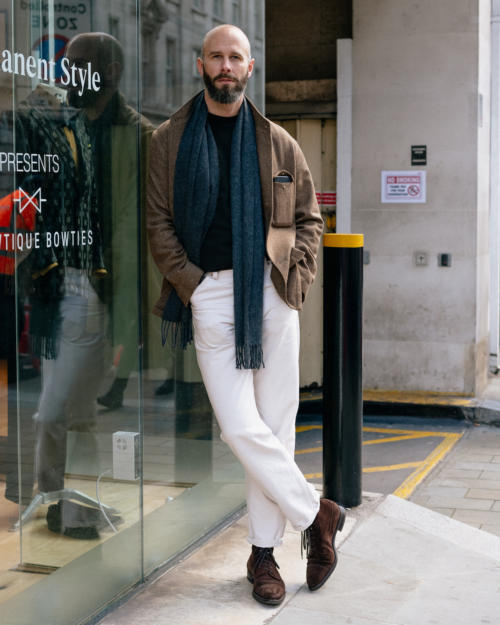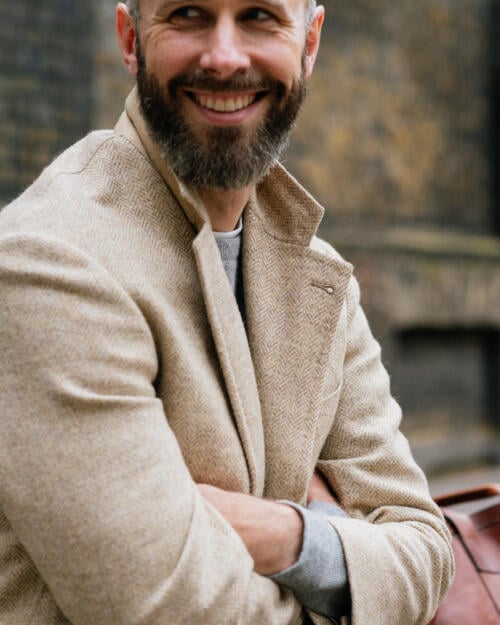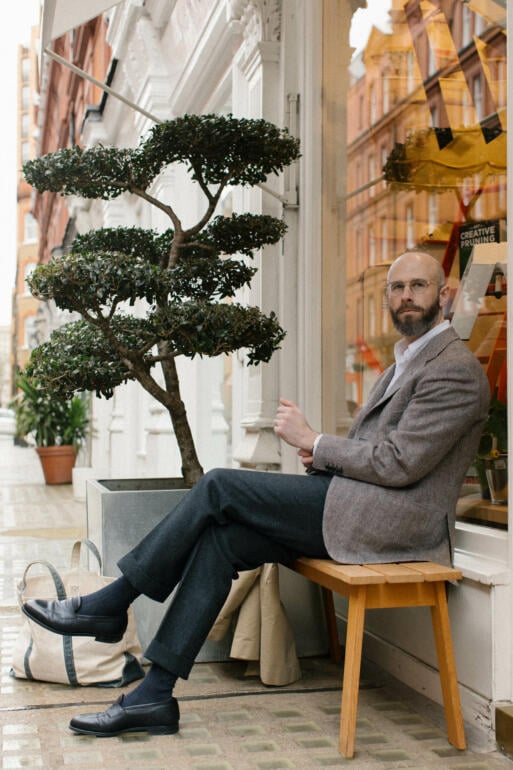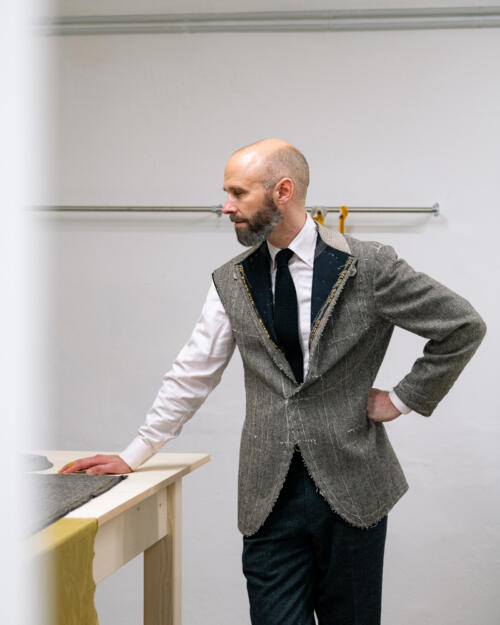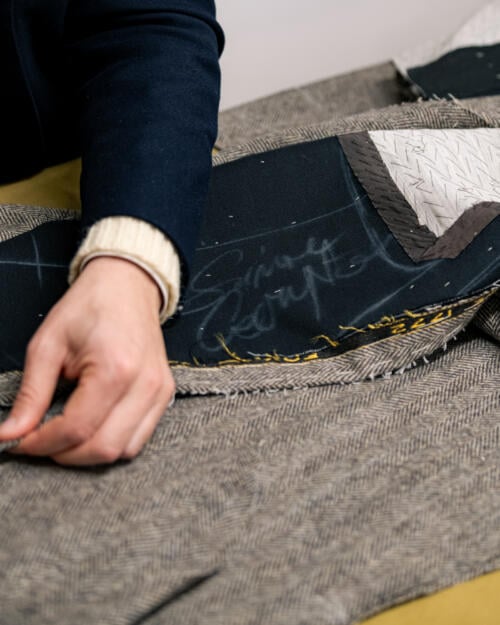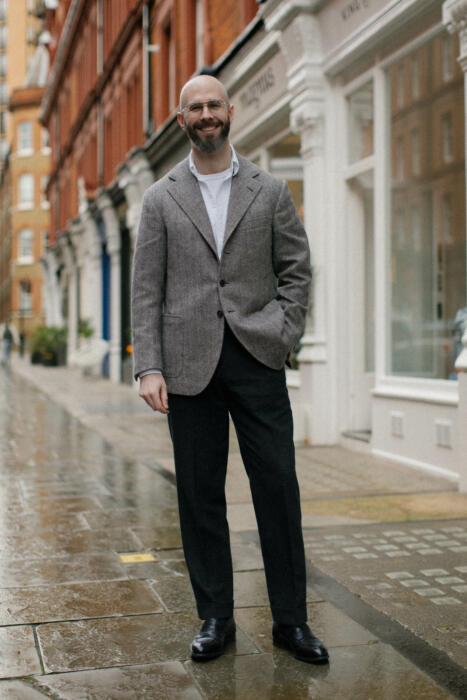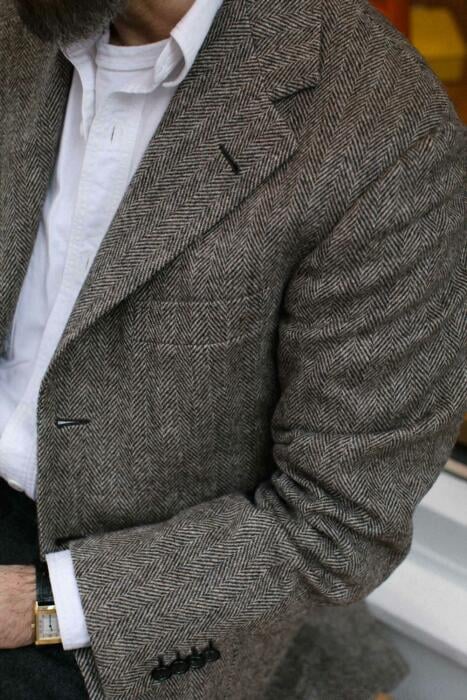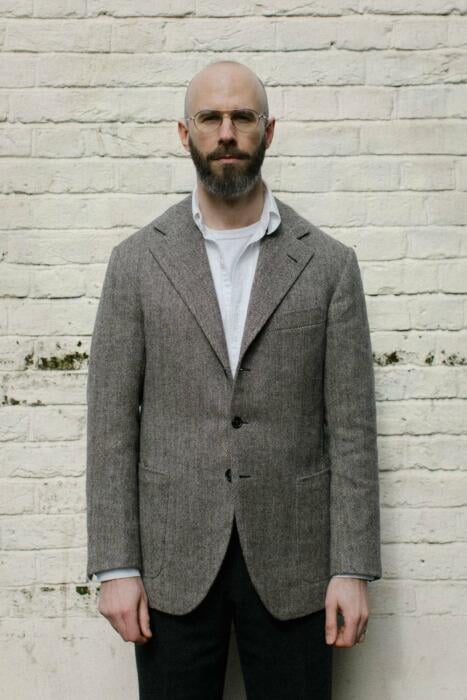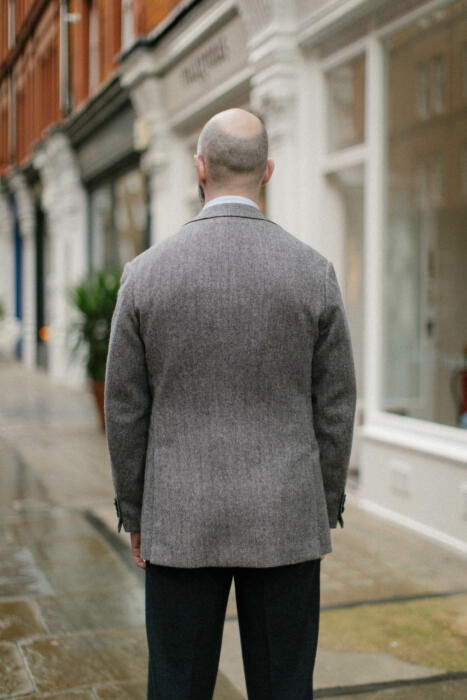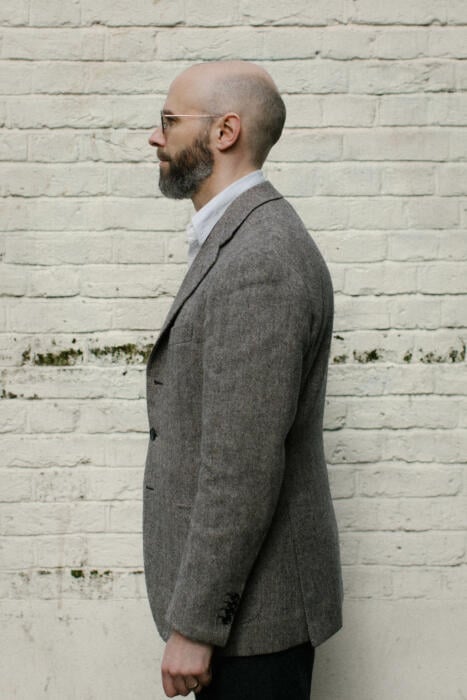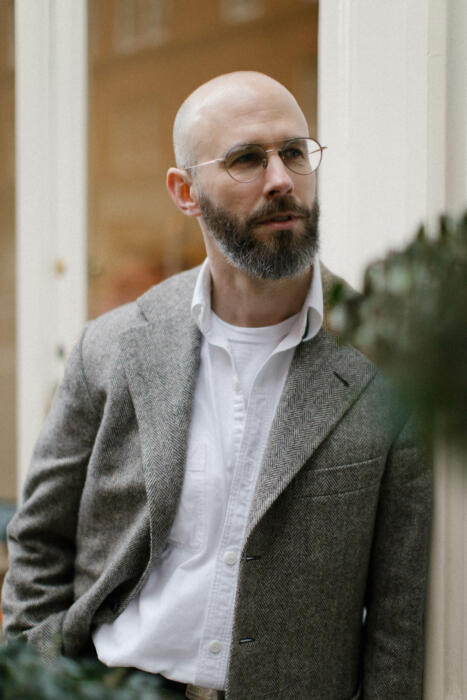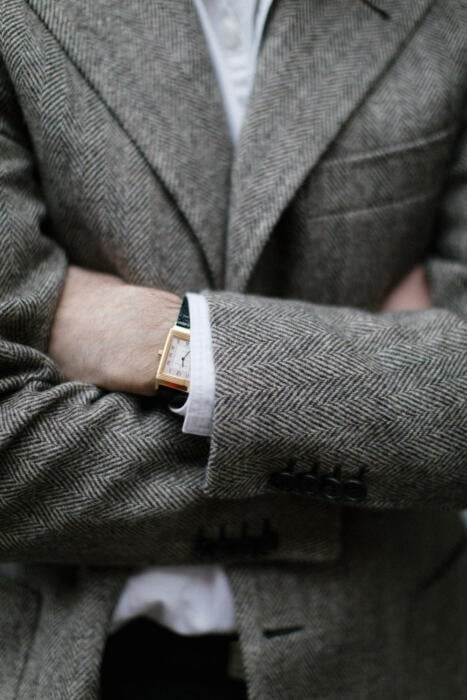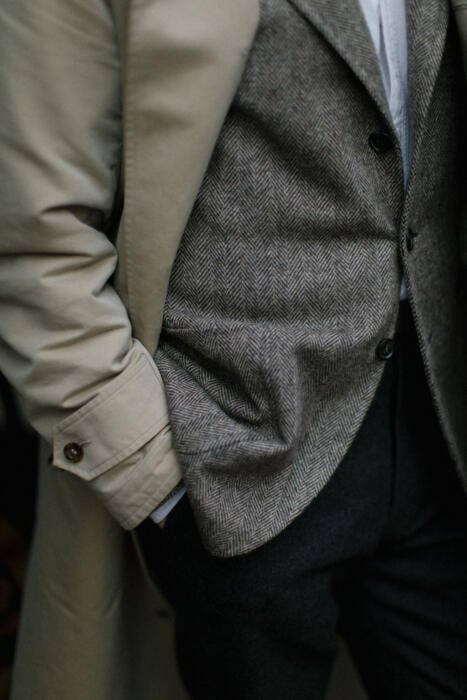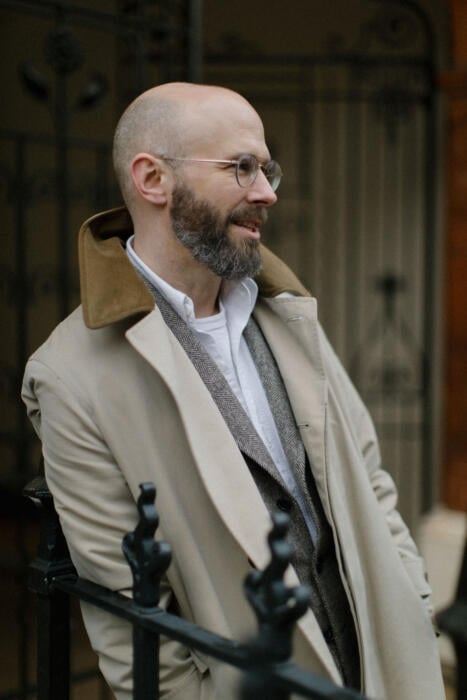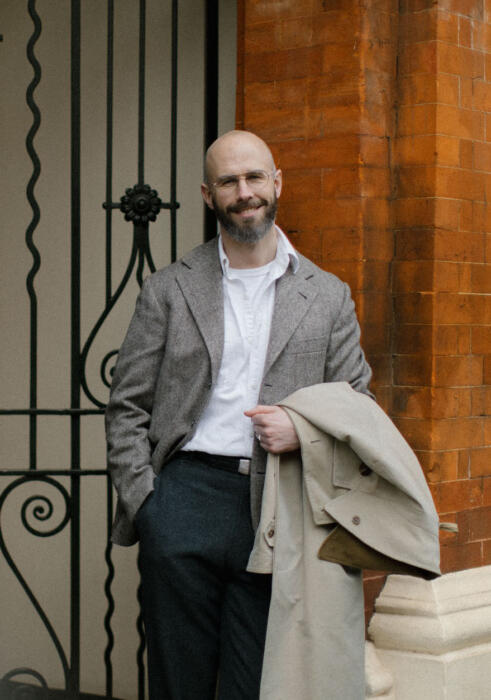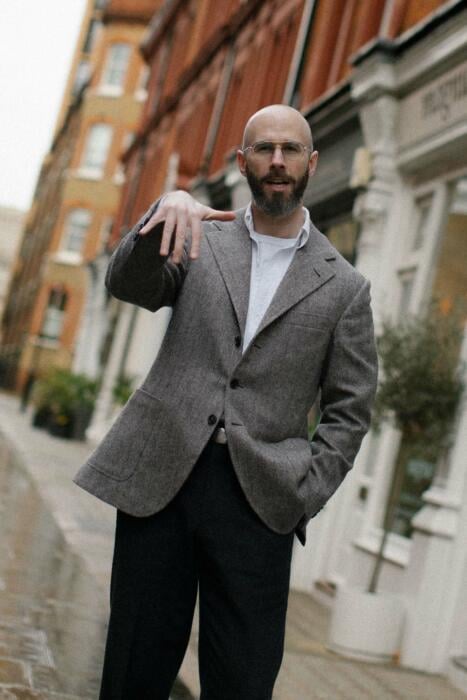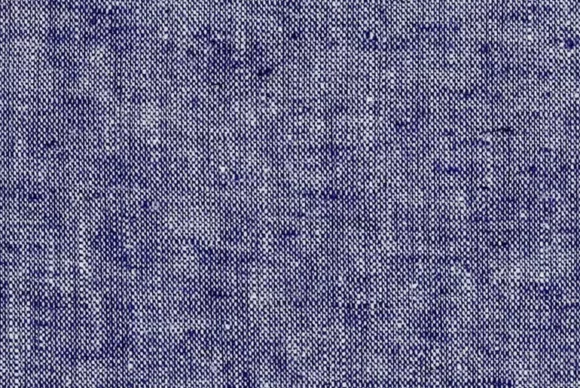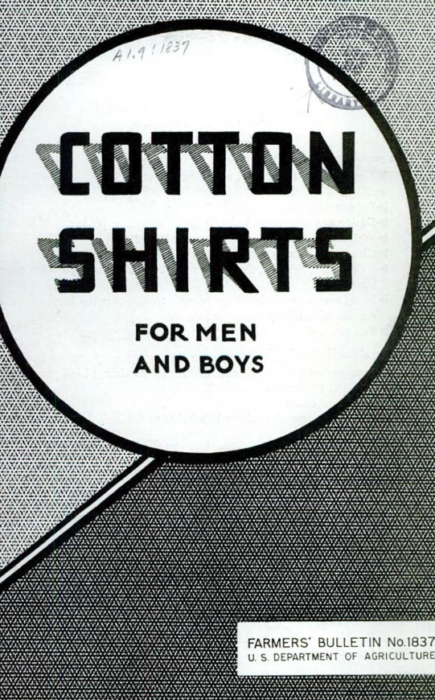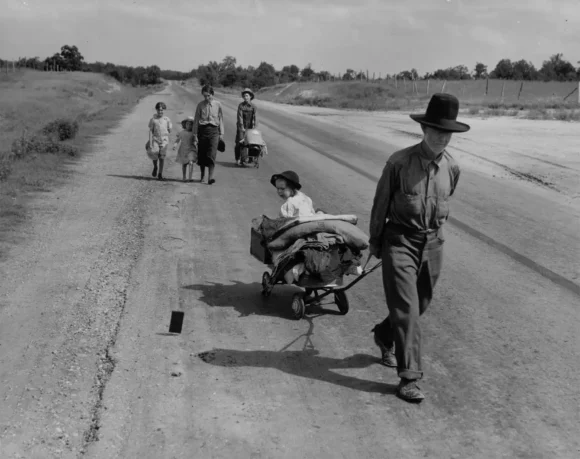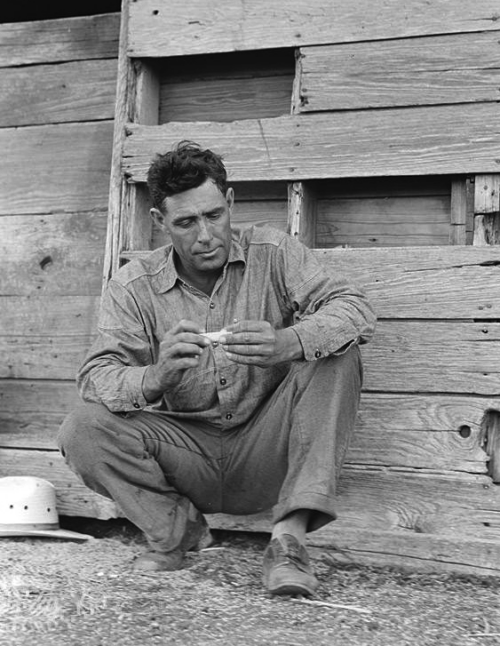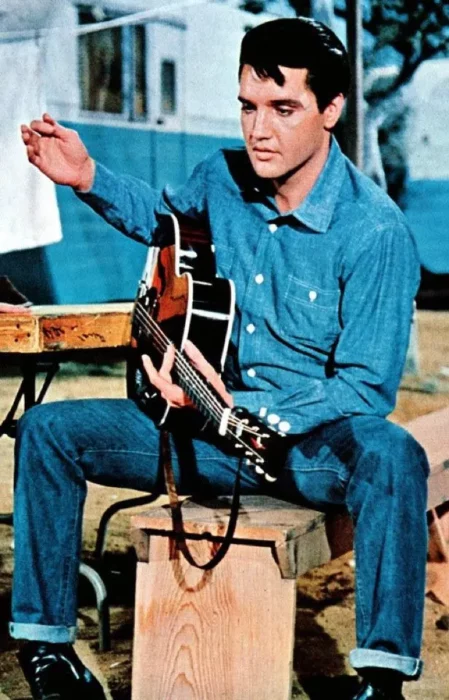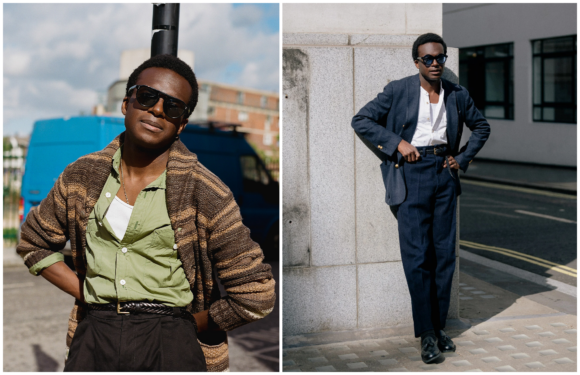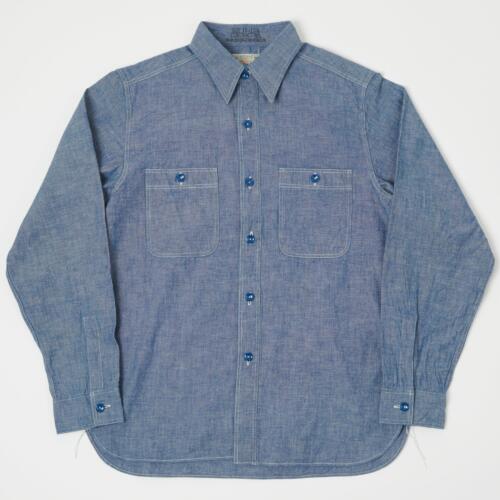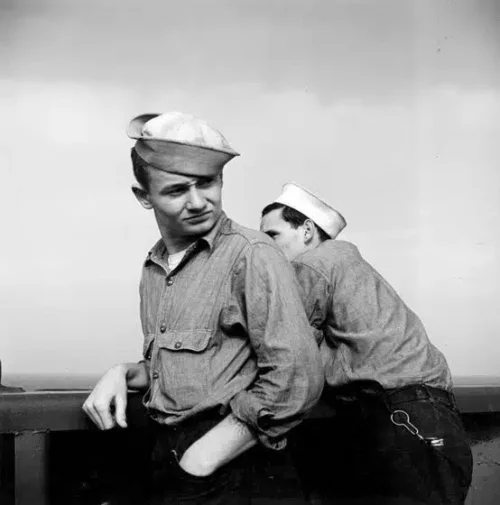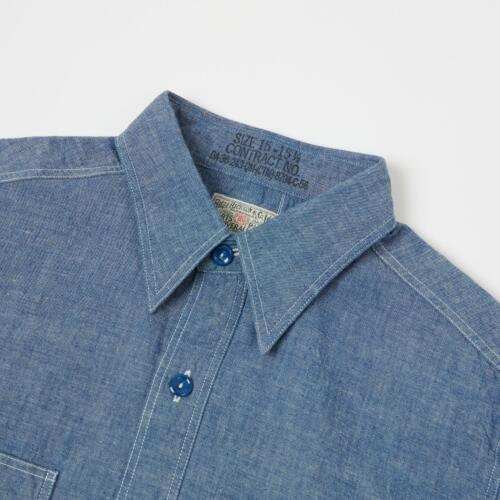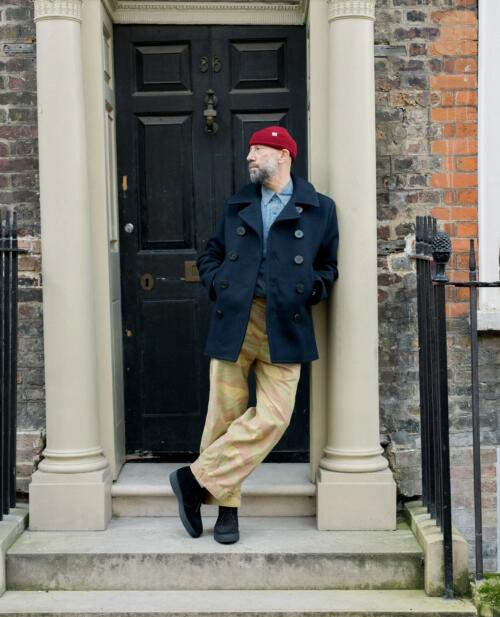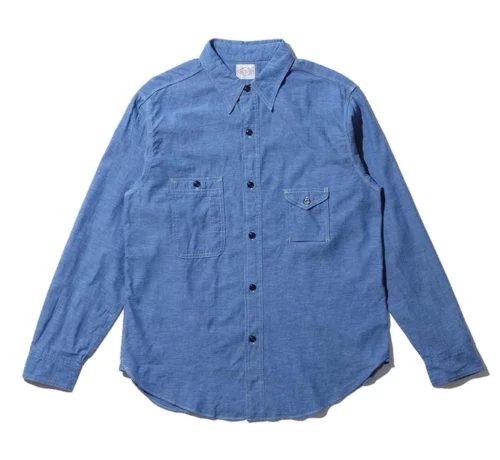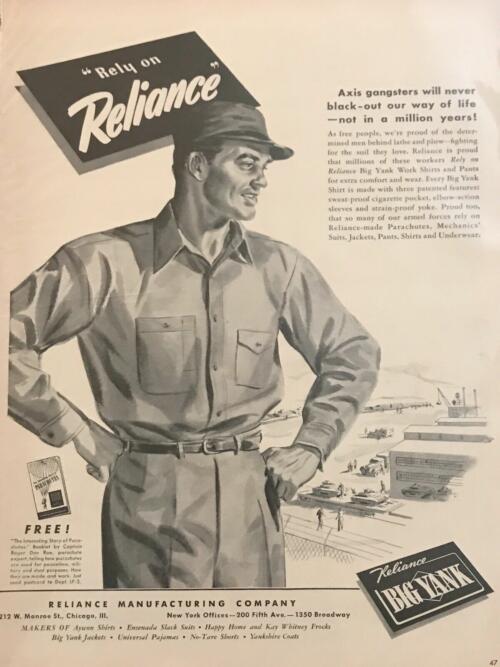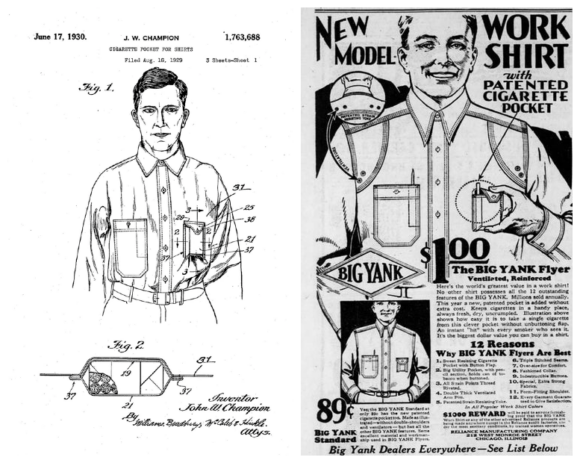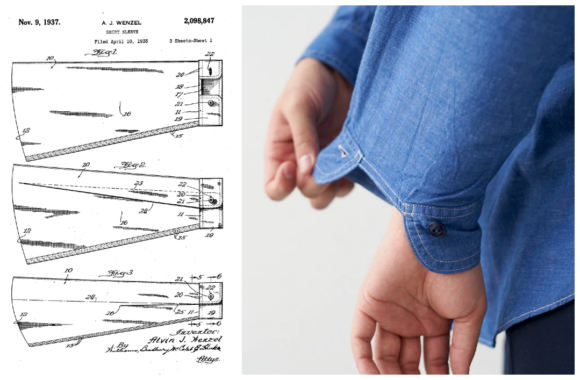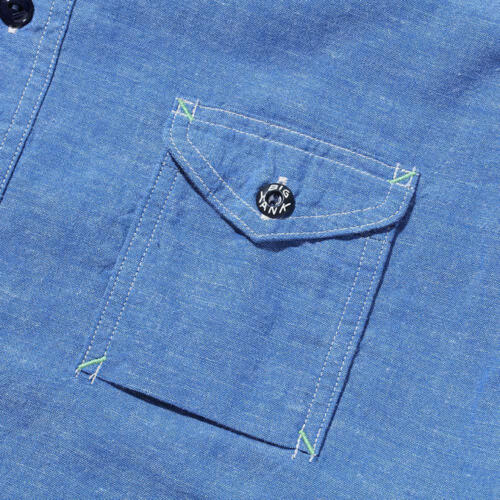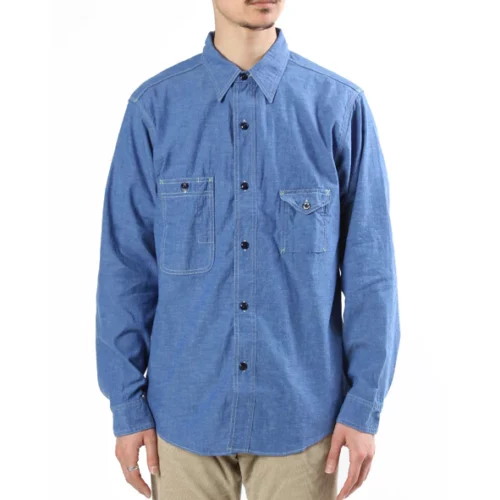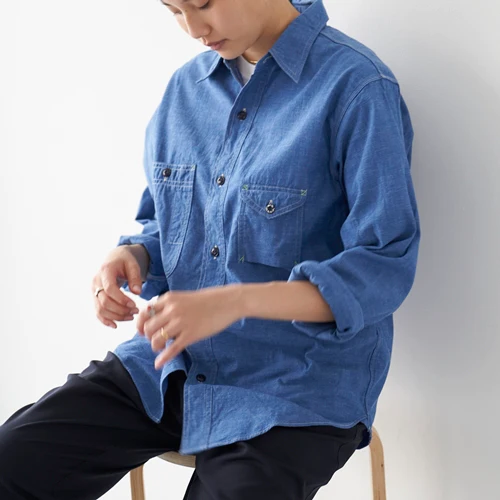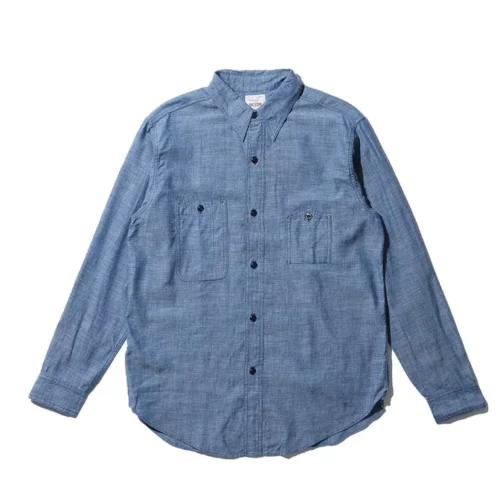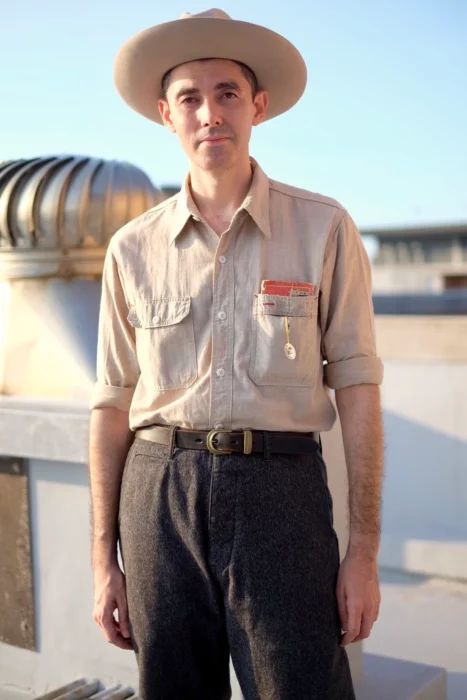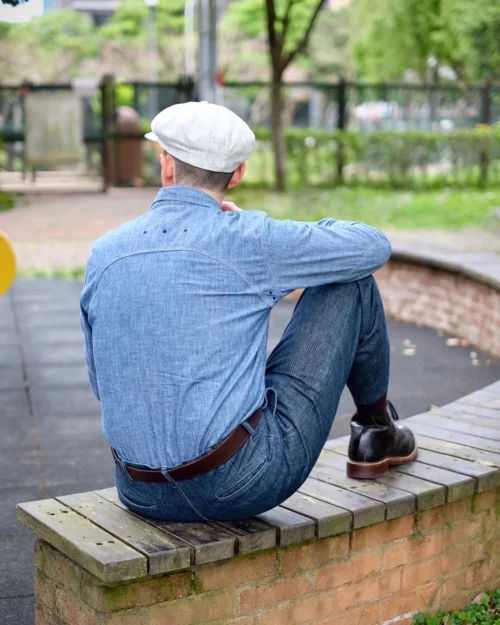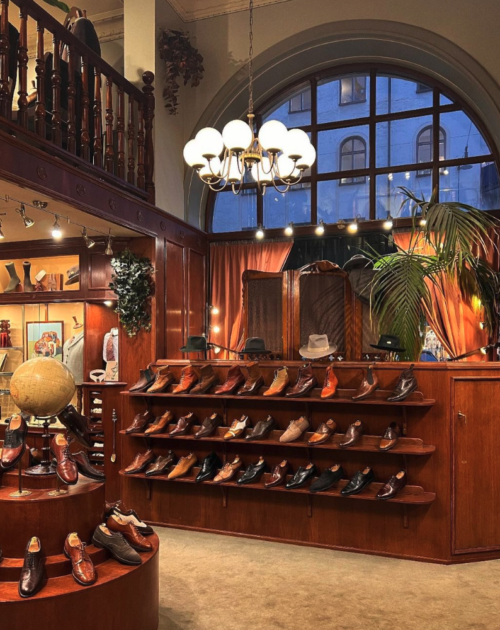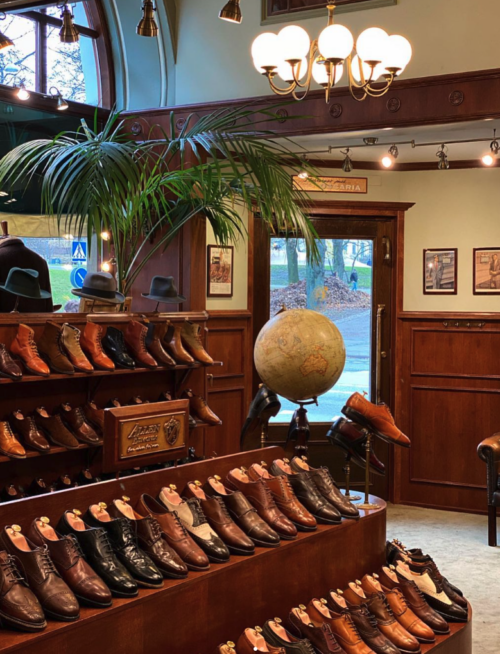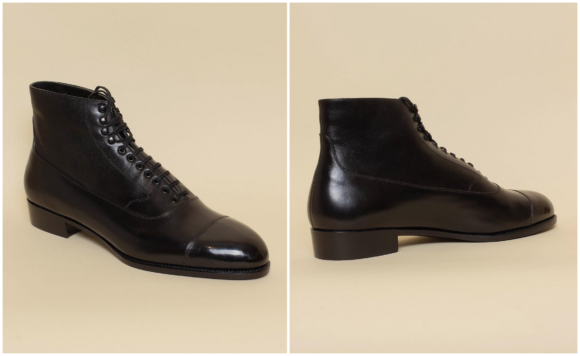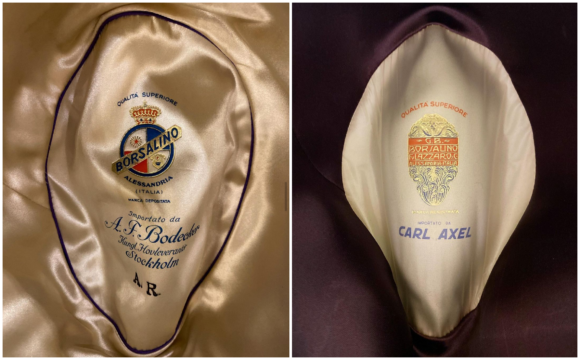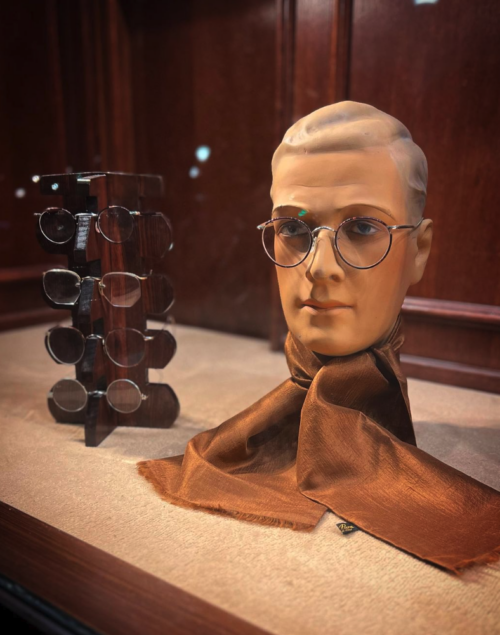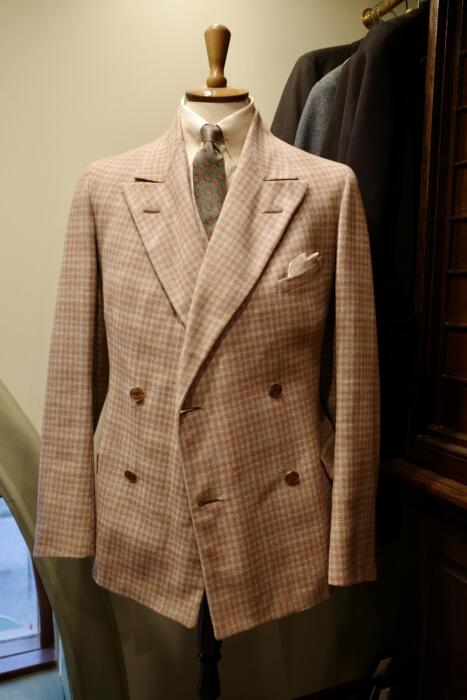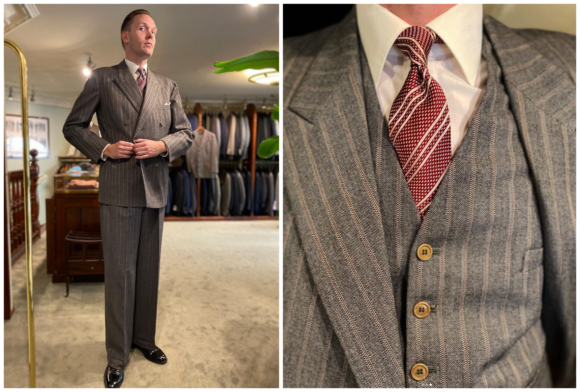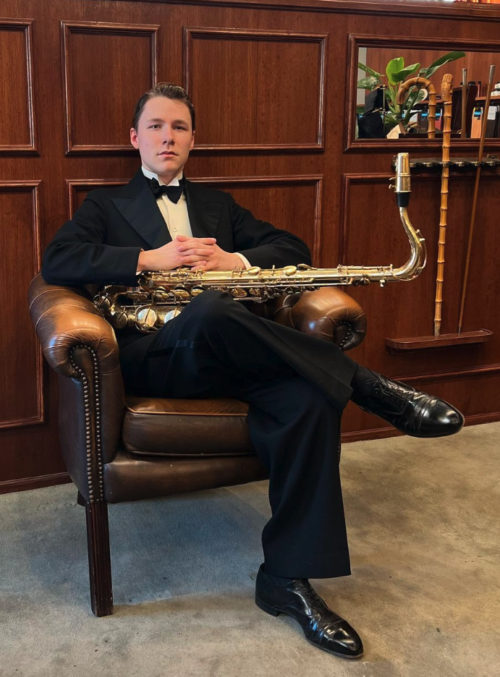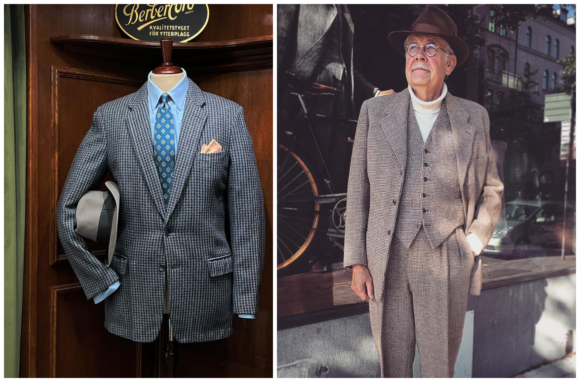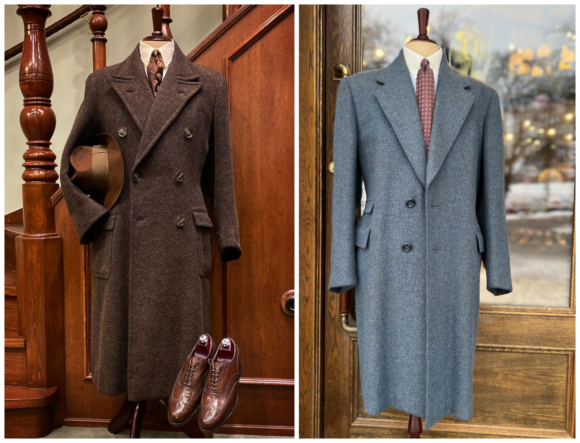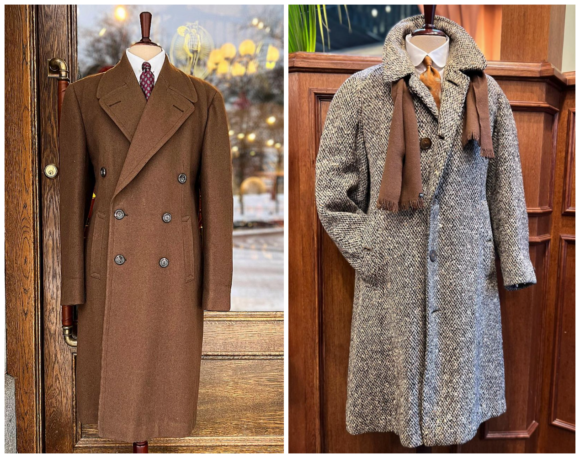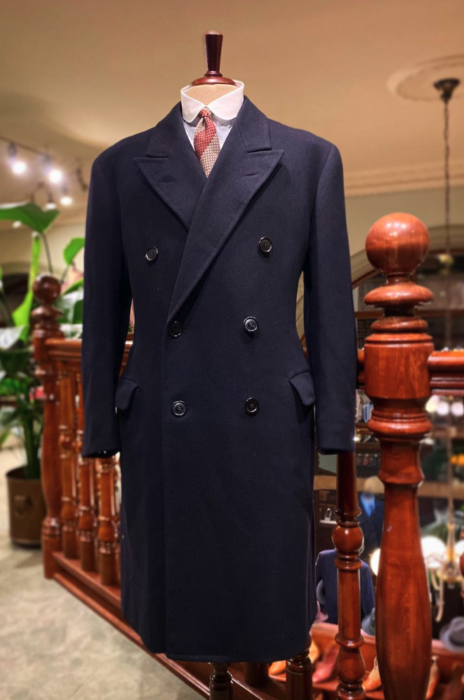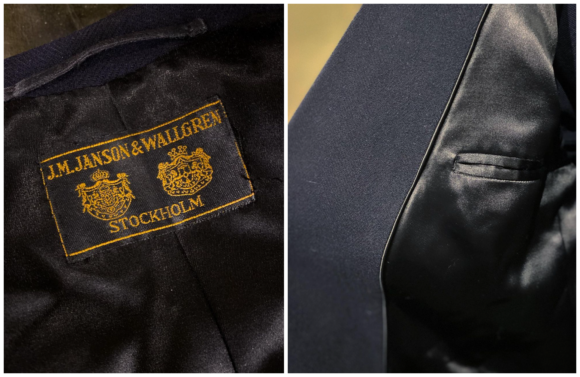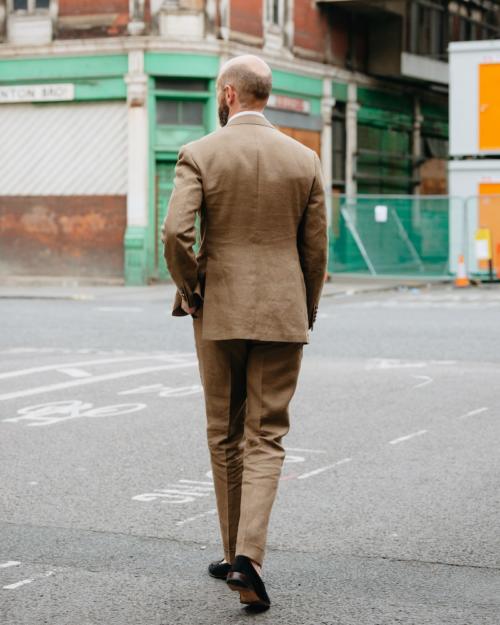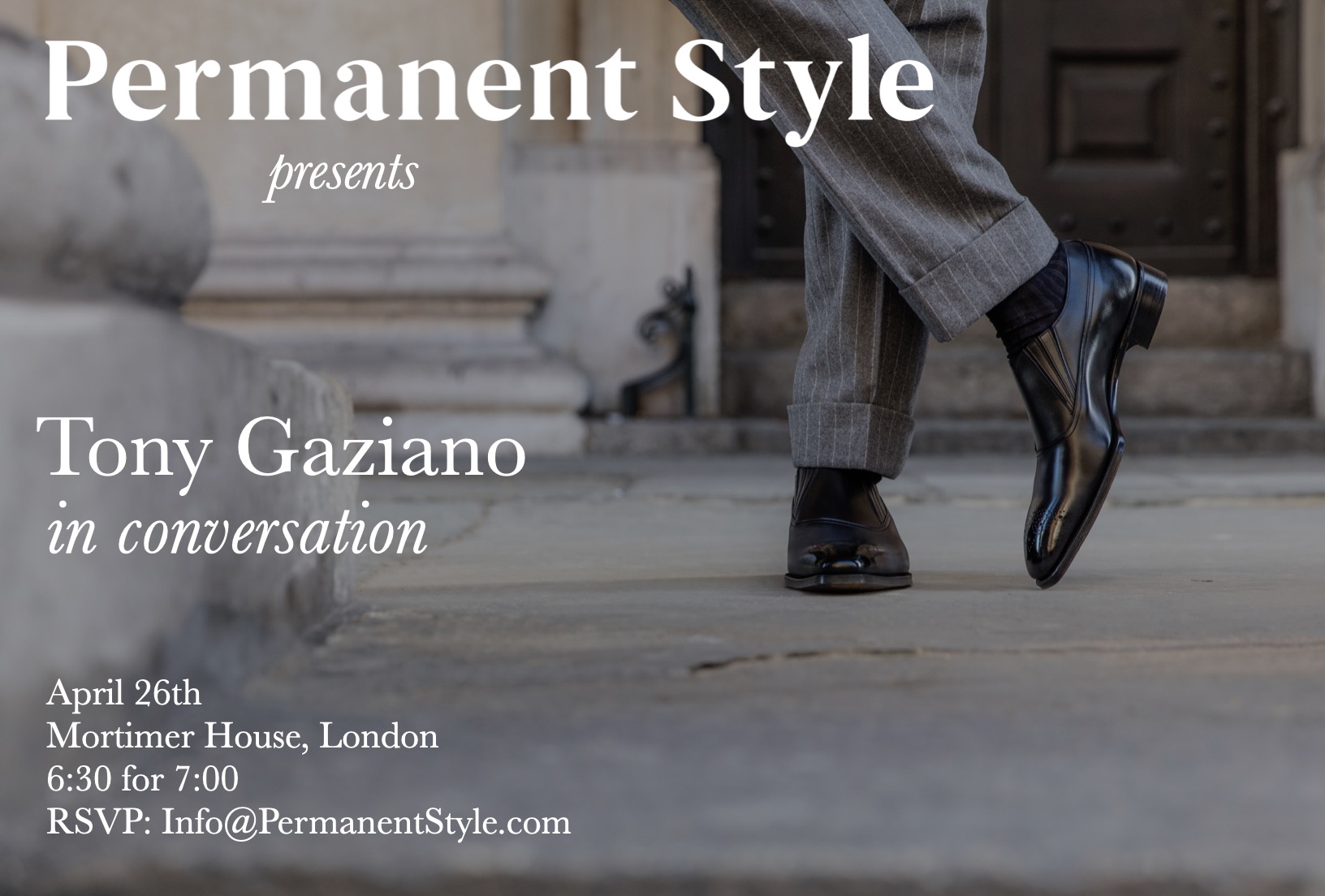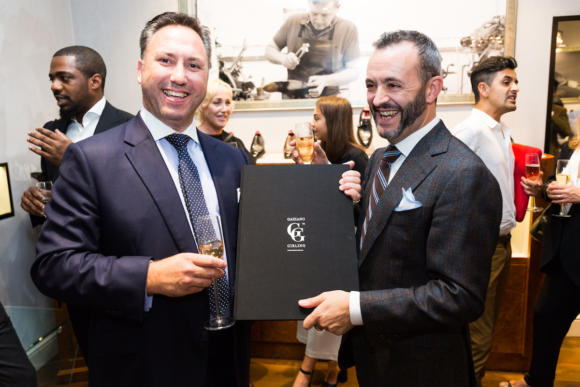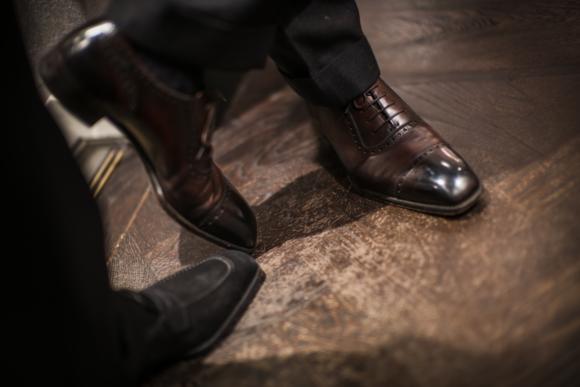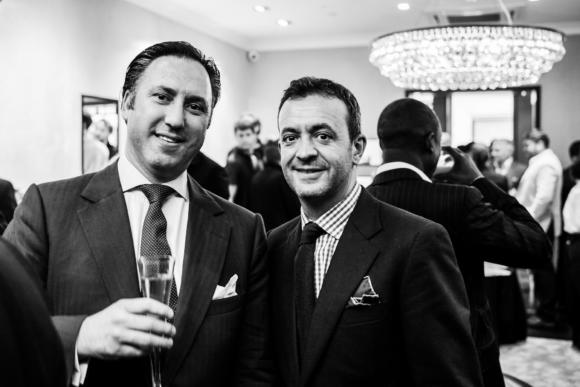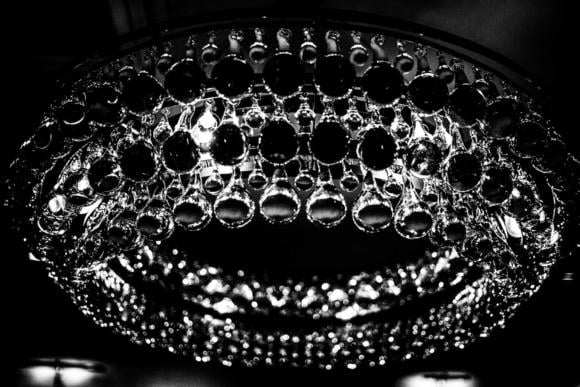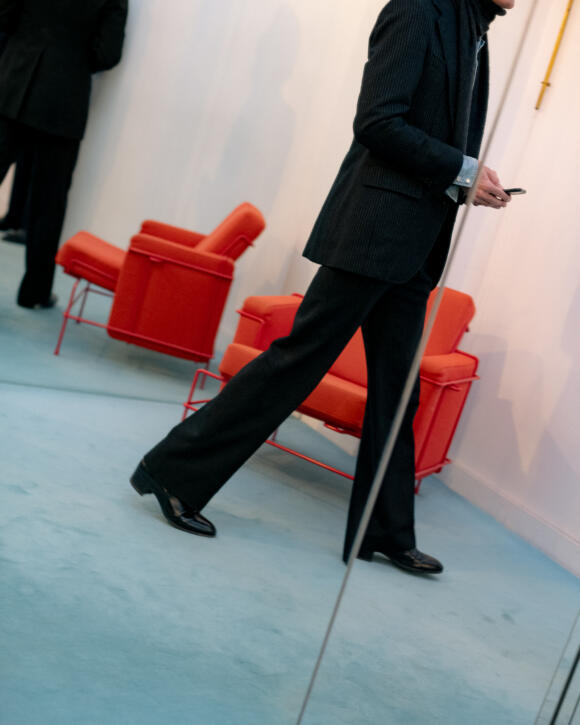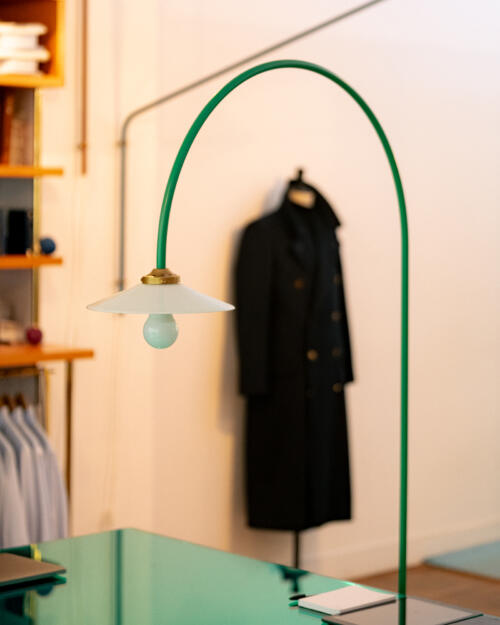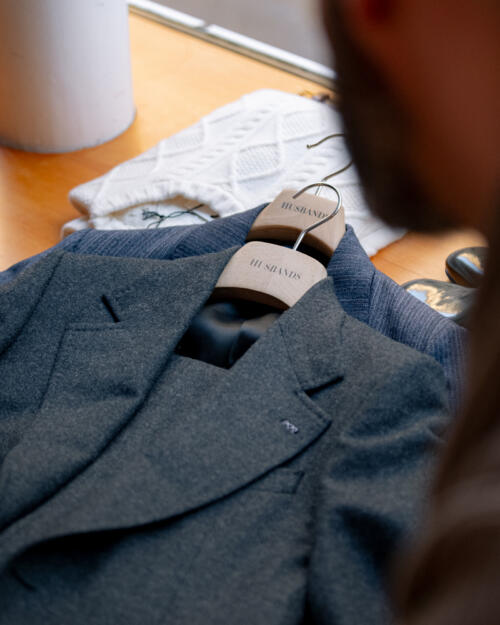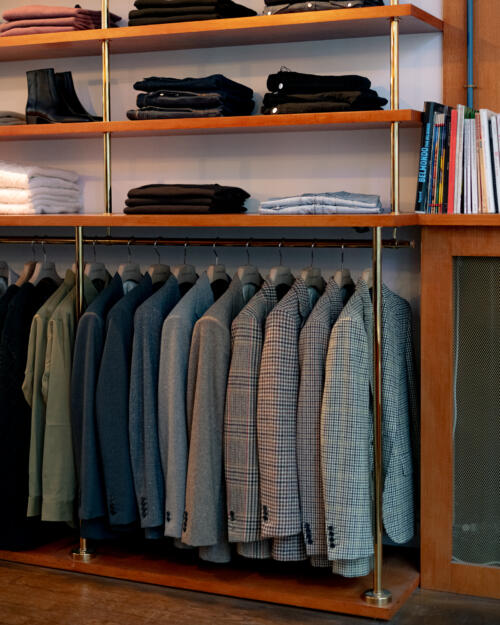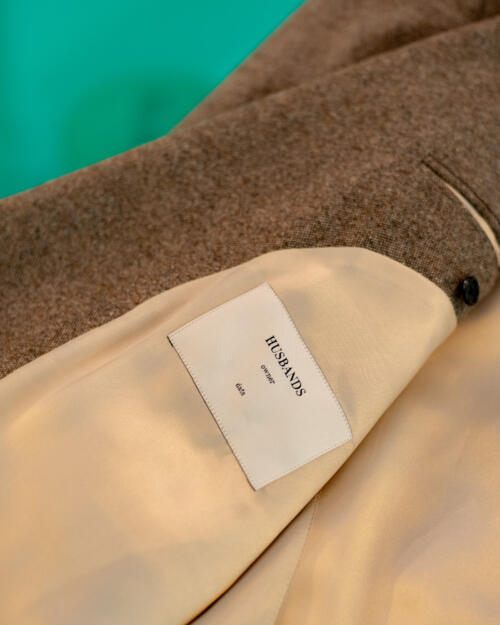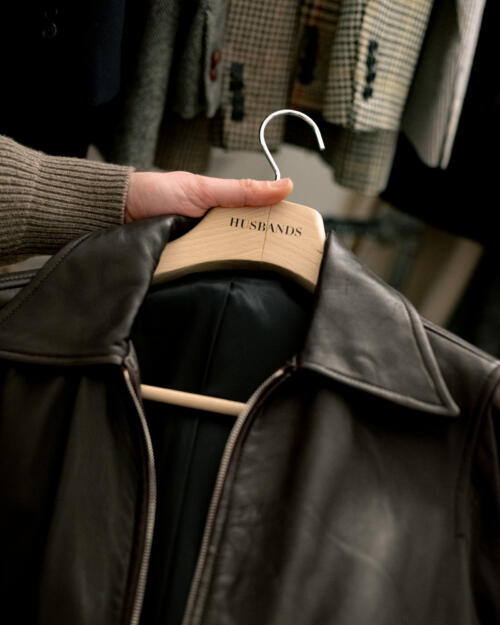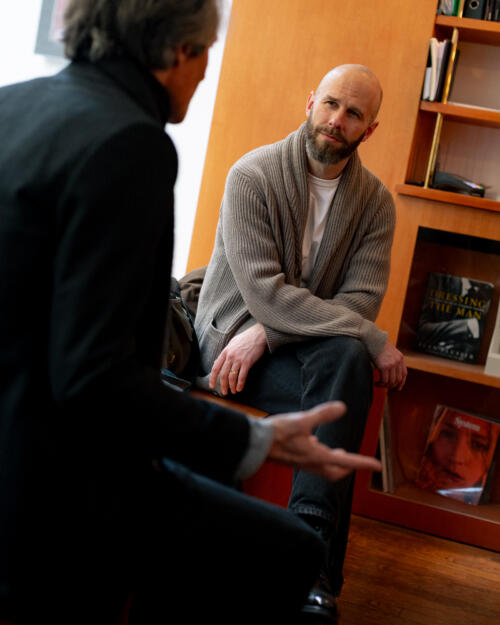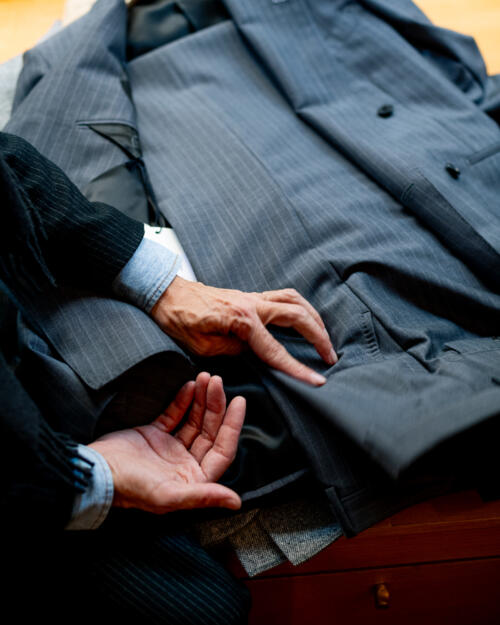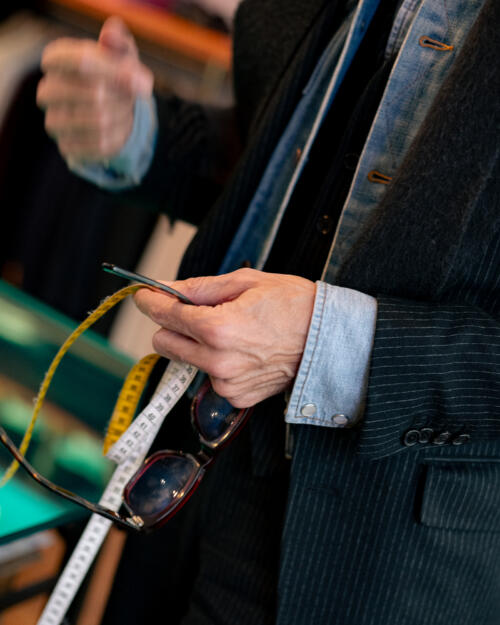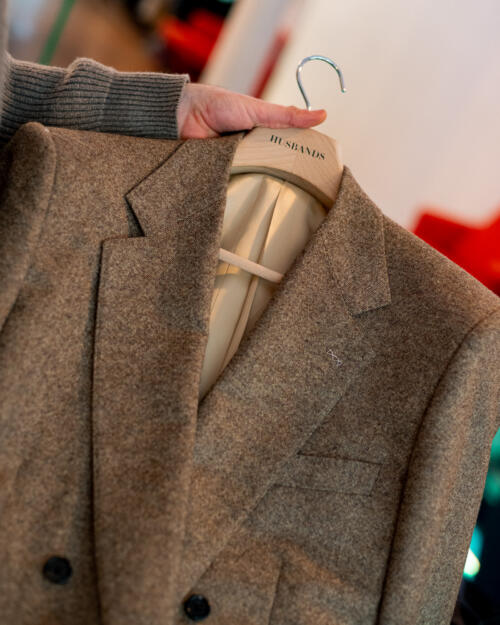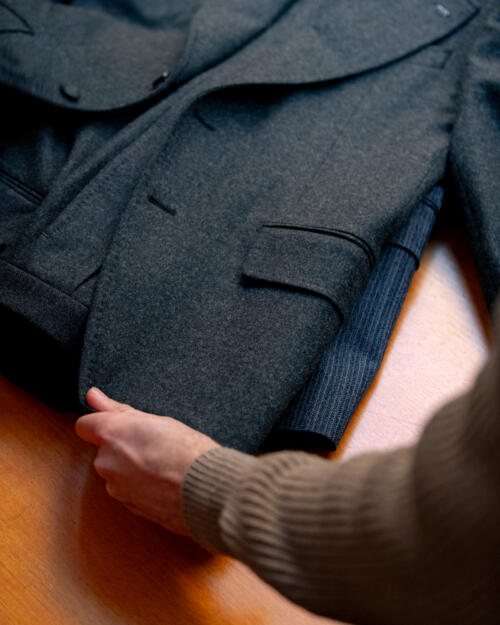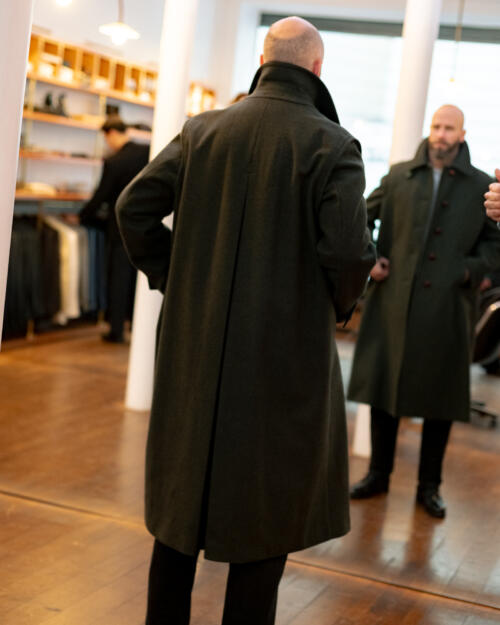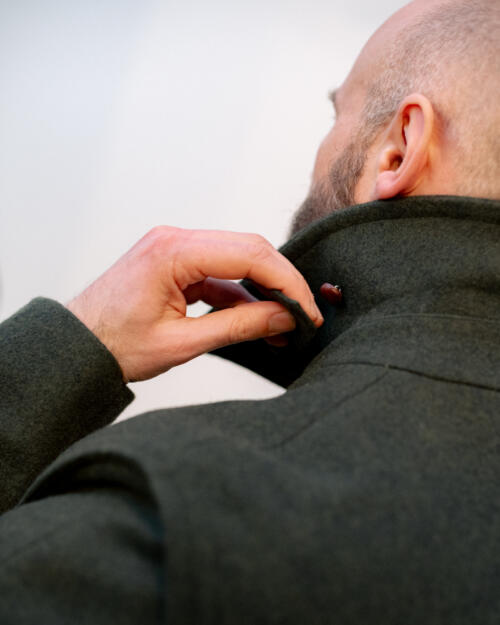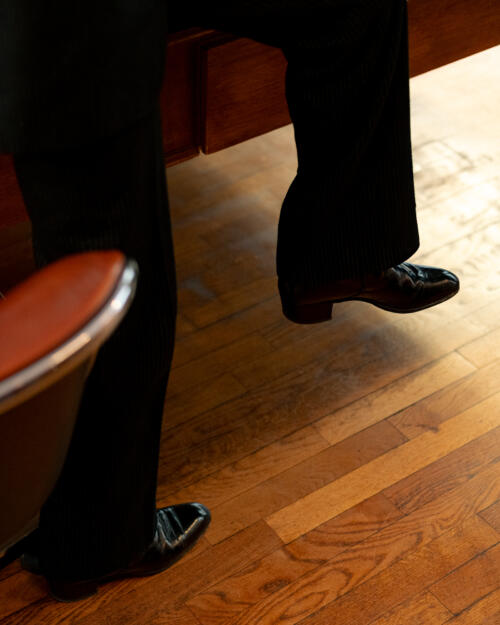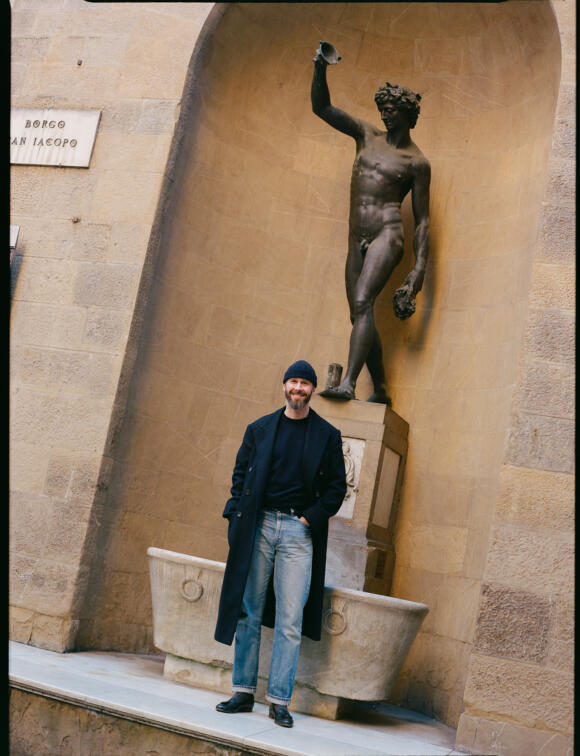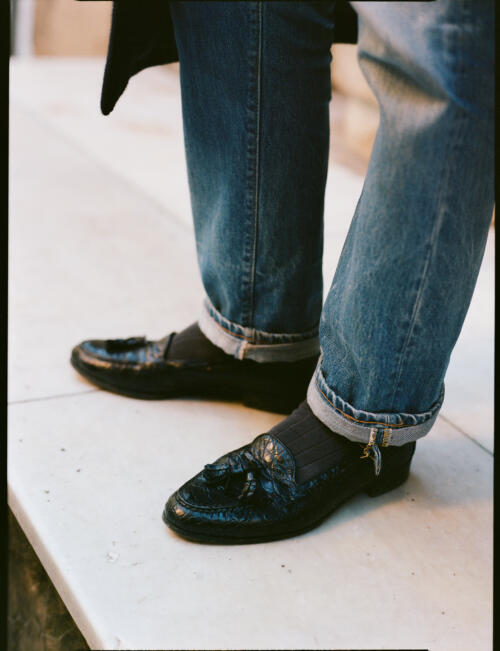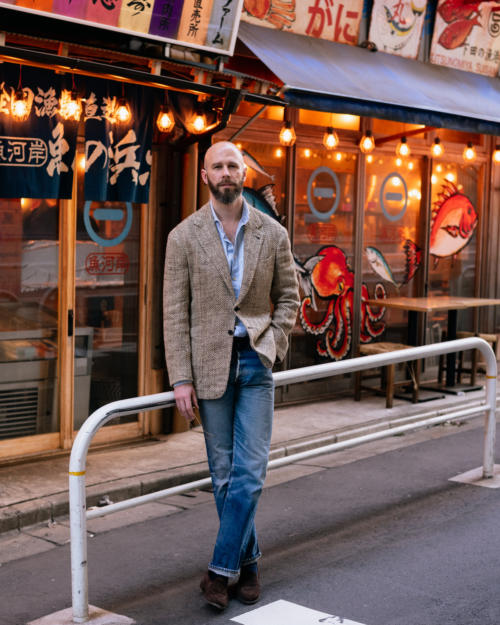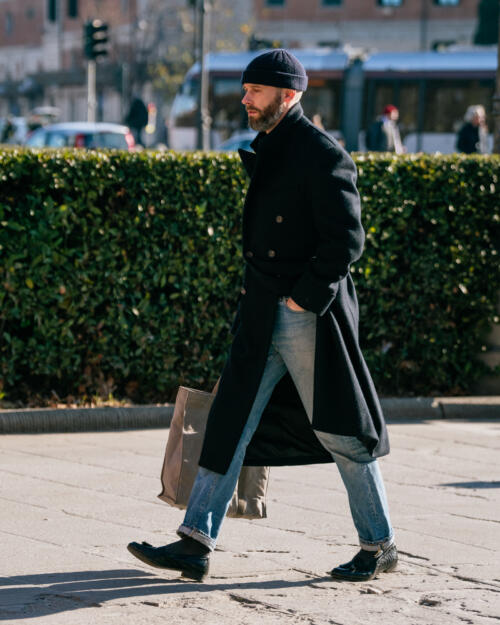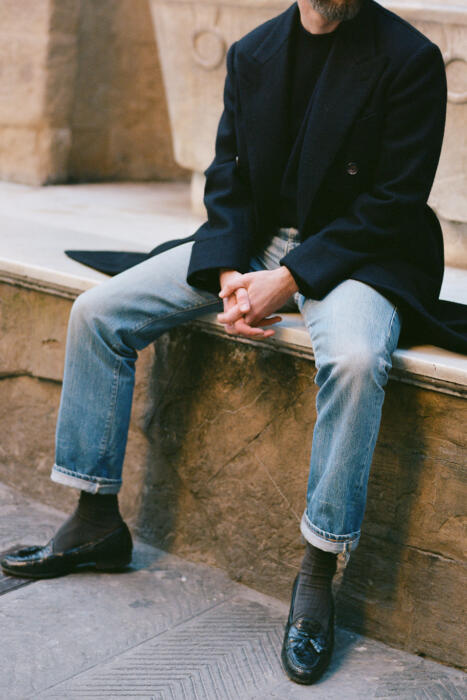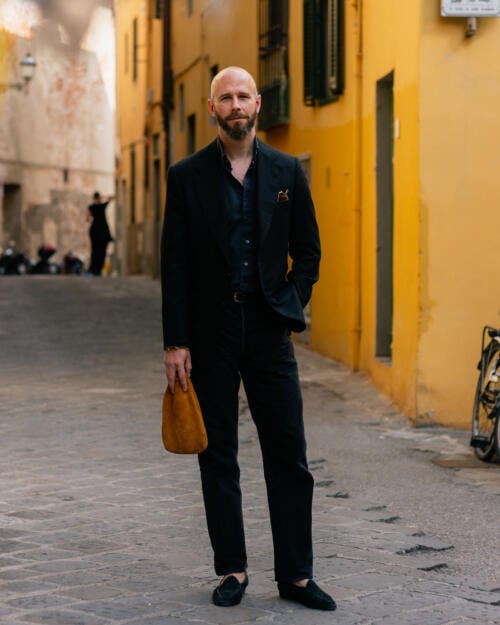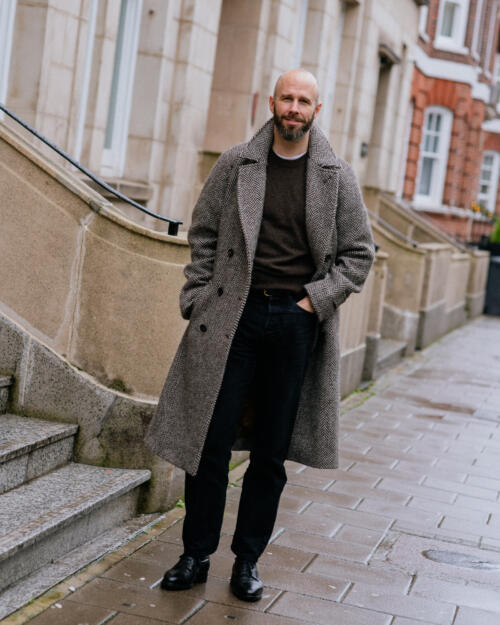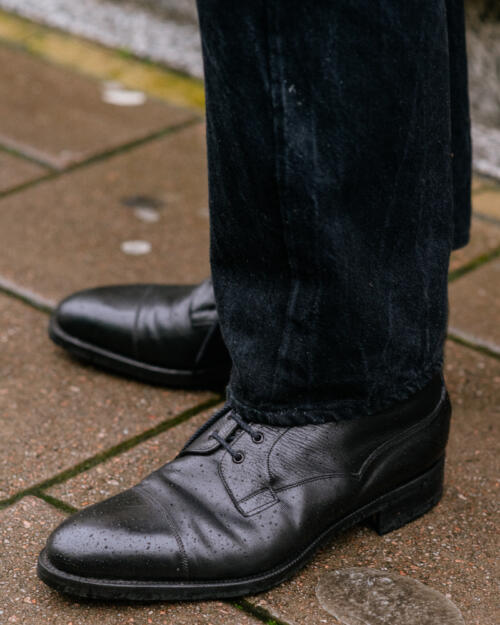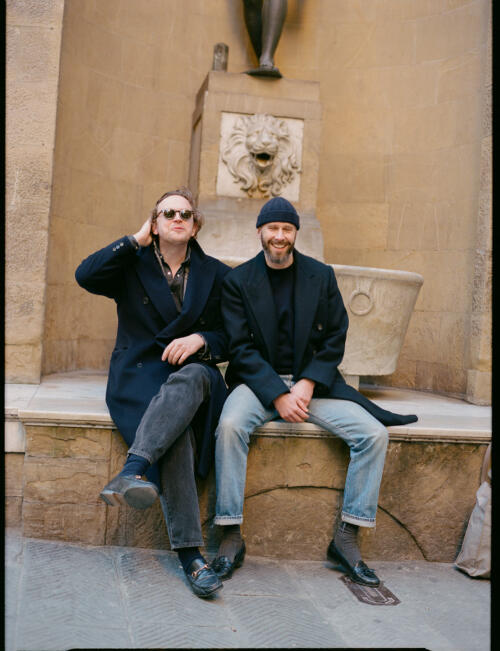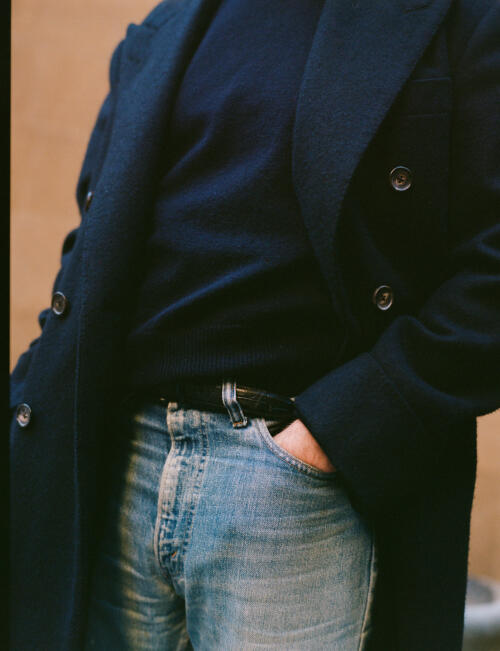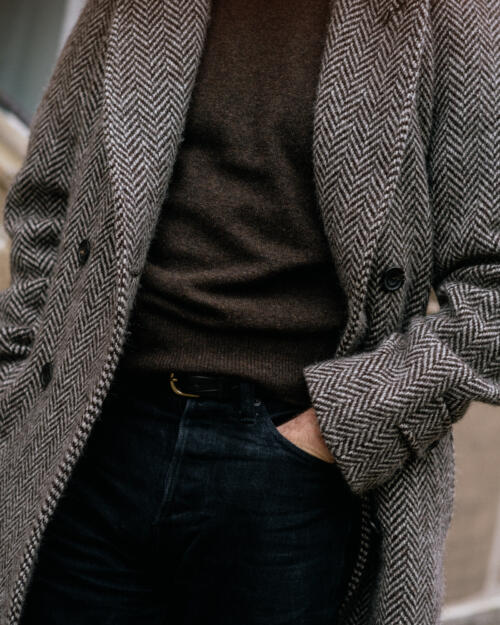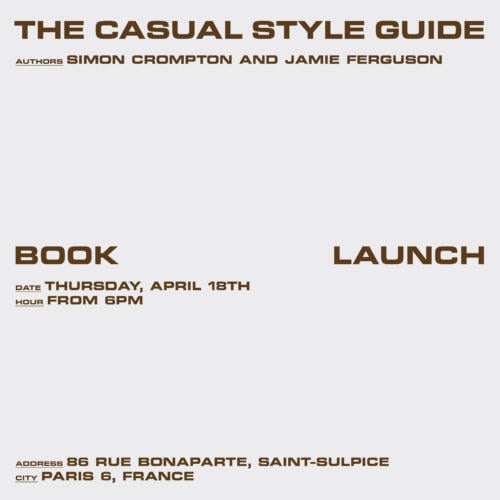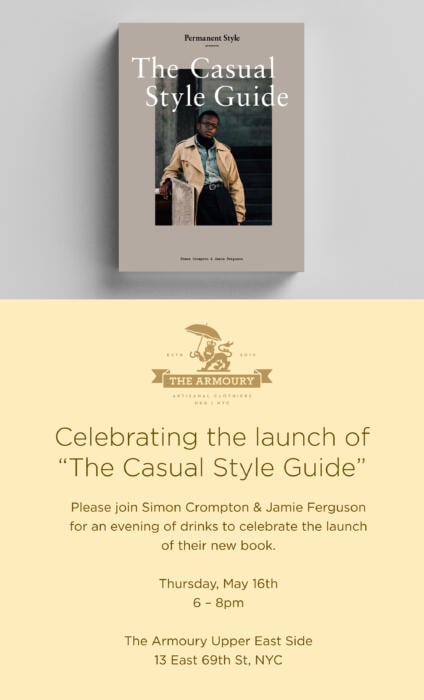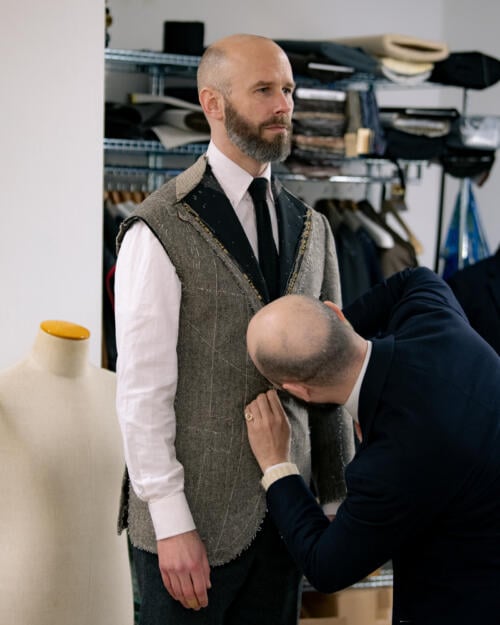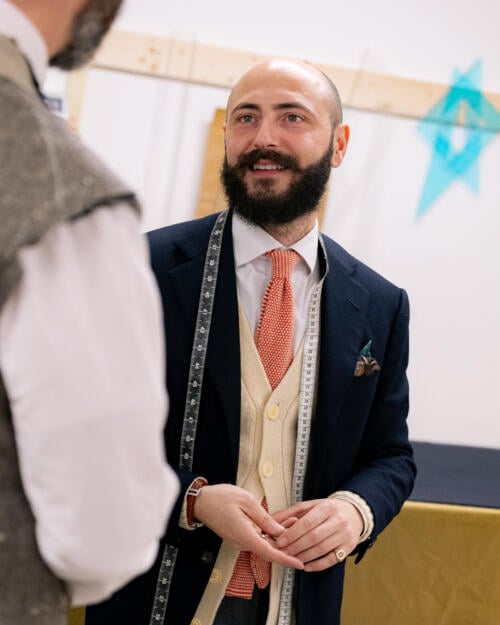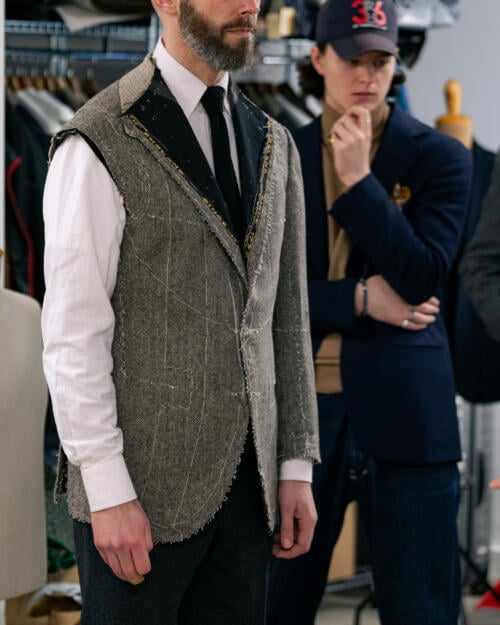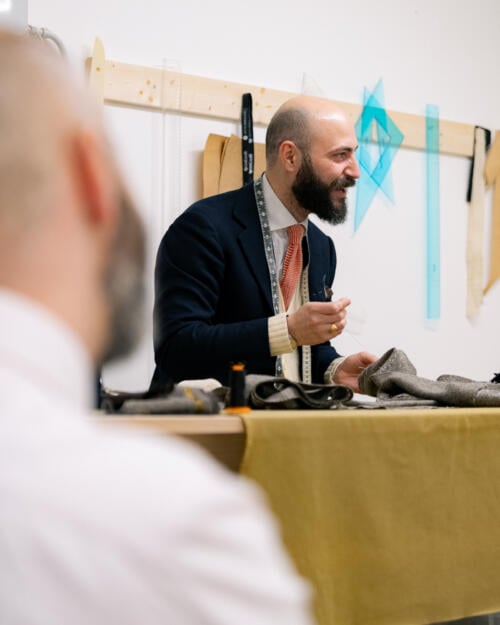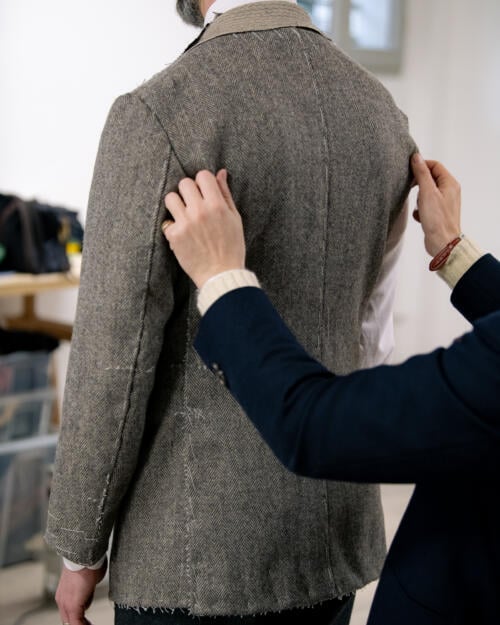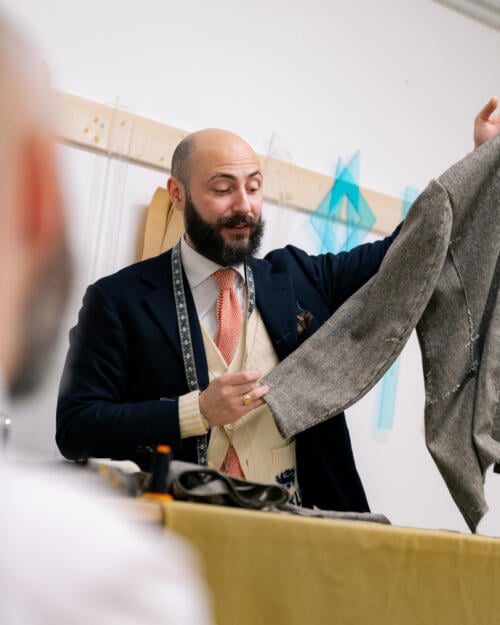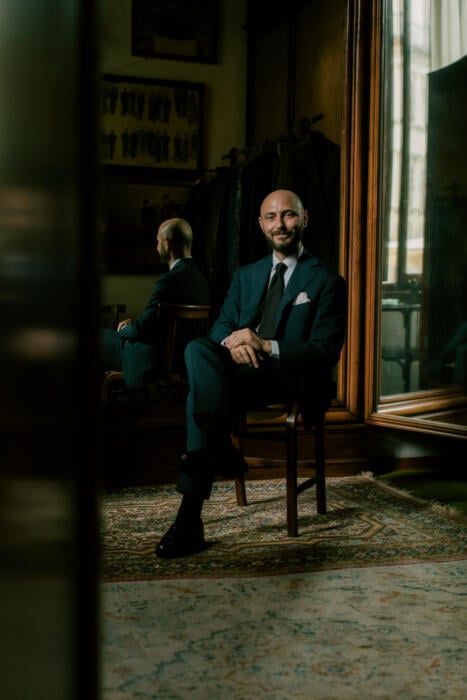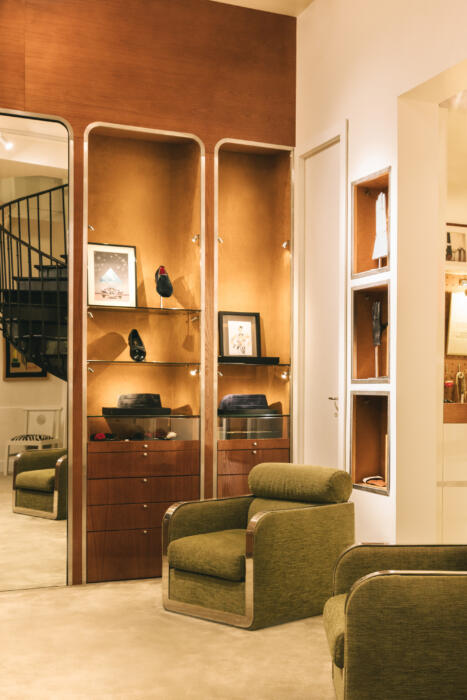
Quite a lot has changed in the five years since we last updated this Paris shopping guide (and yes, I know just as much as changed elsewhere – we will also update the others!).
Kenjiro Suzuki has left, the Viaduc des Arts has drifted, and the experiment that was the 16th Arrondissement menswear has ended. Holiday has closed, Beige has moved and Le Vif is in the process of trying to find a new space. It was great while it lasted, but Beige in particular looks very at home in its quiet Left Bank location.
It’s not all bad either – Husbands has expanded, opening its second shop in St Germain not too far from Beige, and Super Stitch, which we originally met in the basement of Holiday, now has its own proper shop.
It’s nice, because in the past 30 years Paris has generally seemed to suffer more than other international cities, with a few big shops like Old England and Arnys closing even as London managed to hold onto most of its traditional outfitters on the back of tourism.
Paris has some real gems, some old and some new. Below are 31 we recommend, together with particular explanations why. They are roughly arranged into similar groups, though outright categorisation proved beyond us.
As ever, feel free to add your own suggestions in the comments below. There are always more out there.
1 Beige Habilleur
www.beige-habilleur.com, 86 Rue Bonaparte
Beige Habilleur is one of the best multibrand stores anywhere. The way I judge that is that a multibrand store should have a clear identity – a clear view on the world – even as it stocks clothes made by others. The buy, the collaborations, the styling should all speak to that identity and make you want to visit to experience it, rather than just because it’s your local stockist of a particular brand.
Beige also has the feeling of a little neighbourhood shop – perhaps like some in Marylebone in London. The brands carried include Justo Gimeno teba jackets, Smedley polos, Jamieson’s knits and Quoddy or Paraboot shoes. They all add up to a relaxed but elegant view on modern urban clothing.
2 Anatomica
anatomica.fr, 14 Rue du Bourg Tibourg
I mentioned Anatomica in the Tokyo shopping guide recently, and the French branch has a similar aesthetic, mixing its own workwear-inspired designs with external brands.
There is more emphasis here on the shoes though, and Alden models on their ‘modified’ last. This wide last has become associated with Anatomica over the years, and is specifically designed for the most comfortable fit. Warning: your current shoe size will be no kind of guide here.
Fit is a general obsession of director Pierre Fournier and designer Kinji Teramoto, and the clothing has a similar ideal of ‘proper’ fit that enables movement, whether it’s a close-fitting waistcoat or a loose coat.
Read the dedicated article on Anatomica here.
3 Husbands
www.husbands-paris.com, 57 Rue de Richelieu and 1 Rue de l’Abbaye
Husbands has a look. That’s pretty obvious when you meet Nicolas Gabard, the owner. Nicolas’s mission is to make tailoring sexy. To show how a love of suits doesn’t have to preclude cowboy shirts or black boots. To demonstrate the drama of an old-fashioned Aquascutum raincoat, tightly belted, collar up.
And yet there are elements of the style that everyone will find appealing – whether it’s the cavalry-twill used for the navy blazers, which is achingly sharp; the proportions of a camel wrap coat; or fisherman’s sweaters with buttons on the shoulder seam that are actually designed to be used. An antidote to anyone bored with conventional tailoring.
Read the dedicated article on Husbands here.
4 Jean-Manuel Moreau
@jeanmanuelmoreau, 3 Rue Chambiges
Jean-Manuel Moreau offers made-to-measure shirts and Neapolitan tailoring, plus a scattering of accessories and shoes. The tailoring is made by Orazio Luciano, but to Jean-Manuel’s block – which has a slightly wider, rounder lapel, more open foreparts and lower buttoning point. And the shirts are by Mazzarelli. You can see my review of the tailoring here.
Interestingly, Moreau is the only shop in Paris offering Neapolitan tailoring at this level, which makes him a destination for businessmen gradually shifting away from the stiff suits into more casual suits and separates. Importantly, Jean-Manuel also uses a local Parisian tailor for alterations and adjustments – which makes the offering both more reliable and speedier.
See the dedicated article on Jean-Manuel here.
5 Cinabre
www.cinabre-paris.com, 14 Cité Bergère
Cinabre is best known as a maker of ties and handkerchiefs. They have their own atelier in France making them, and supply the French President, Emmanuel Macron. But in the past year they’ve expanded into a new, bigger shop and added two hotel suites in the upper floors.
The result is beautiful, and more a concept than a retail shop. You enter through a tent, the check-in is inside the boutique. The rooms upstairs are full of beautiful fabrics that menswear fans will appreciate, often made in collaboration with French heritage producers.
The range of clothing, meanwhile, is expanding into dressing gowns, dinner jackets and shirts. Often quite idiosyncratic, but always lovely and nearly always made in France.
6 Charvet
www.charvet.com, 28 Place Vendôme
Quite simply one of the most beautiful menswear shops in the world. A lovely ground floor stacked with accessories, and upper floors of shirtings and bespoke tailoring. There are very few single-brand, single-location shops left of this type in the world.
Much of the style is not to my taste, but the shirts are beautiful and everything exquisitely made. (There are also other shirtmakers if you’re looking further afield, particularly Lucca and Courtot.)
Read my experience of having a bespoke Charvet shirt made here and an interview with Jean-Claude Colban here
7 Mes Chaussettes Rouges
www.meschaussettesrouges.com, 9 Rue César Franck
Mes Chaussettes Rouges has expanded considerably in the last few years, going from an online operation to a proper shop, and then making its own bespoke socks onsite. They are still one of the best suppliers of fine dress socks in Europe, and if you like your socks, the shop is a wonderful place to visit.
See the dedicated article on MCR here.
8 Chato Lufsen
chatolufsen.shop, 41 Rue de Verneuil
Christophe of Chato Lufsen is a vintage collector of Arnys in particular, but also Hermes and other luxury brands. In recent years however, he has become better known for his versions of old Arnys designs, such as the Bores. These often reinterpret the old slouchy mandarin-collar jacket into something more modern, while still being super relaxed and comfortable.
Read the dedicated article on Chato Lufsen here, Tony’s review of his jacket here and my review of mine here.
9 Jinji
jinji.fr, 22 Rue des Canettes
Jinji is a good location for workwear fans, with many of the familiar Japanese names like The Real McCoy’s, Full Count and Warehouse stocked here. But there are also some more fashion-led makers like Kapital, some British standards like Sunspel, and a scattering of products made under the Jinji name, which are perennially interesting.
Essentially, Jinji has enough of its own view on things to be worth a visit even if you’re already familiar with a lot of those Japanese brands. My personal favourite is a jacket they made out of an old Navajo blanket, which I bought and repaired, and covered here.
10 Super Stitch
superstitchmfg.com, 13 Rue Racine
We first saw Super Stitch when they were in the basement below Holiday, largely doing repairs and alterations on jeans. They now have their own store in St Germain, offering their own line of jeans, denim shirts and denim jackets – as well as the repairs and alterations. The make is absolutely superb, the work of a denim obsessive.
11 Brut (and Le Vif)
brut-clothing.com, 3 Rue Réaumur
@le.vif.boutique
Le Vif was one of my favourite vintage stores in the world, so hopefully it will find a permanent store location soon, having closed the space in the 16th arrondissement.
Paris generally is good on vintage and second-hand clothing, certainly compared to London, and the flea markets are always worth diving into. A good shop was Brut Clothing, though they have evolved in the past few years and do quite a lot of their own clothing now, often using deadstock garments or fabrics. Worth a look for both.
See the dedicated article on Brut here
12 Harpo
www.harpo-paris.com, 19 Rue de Turbigo
Harpo is not that well known in the menswear space, but it ticks many of the boxes for a Permanent Style reader: craft, authenticity, a classic style, and family owned.
It sells jewellery and other crafts made by Native Americans such as the Navajo, Hopi and Zuni. It’s been there since 1971, founded by Gerard ‘Harpo’ Nadaud, and run today by him and his three daughters: Dorothée, Valentine and Ella. If this kind of jewellery is your style, you won’t find anywhere better outside the US.
See dedicated article on Harpo here
13 Maison Bonnet and Ingenieur Chevallier
www.maisonbonnet.com, 5 Rue des Petits Champs
ingenieurchevallier.com, 17 Rue des Pyramides and 16 Rue du Vertbois
Bonnet is one of the finest makers of eyewear in the world, only doing bespoke and at the highest level. They are particularly known for their stock of tortoiseshell, but the value really is in the tight, enthusiastic team and the skill of design and fitting. Beautiful frames, lovely people.
Bonnet also recently bought an old, storied Parisian maker called Ingenieur Chevallier and turned it into a concept between ready-made and bespoke glasses. There are designs by the Bonnet team but also from other brands, and they can all be ordered in different sizes, before being comprehensively adapted to the face – with files, pliers, whatever is required. A real step above most modern ready-made eyewear.
14 Hosoi
www.hosoiparis.com, 37 bis, Rue de Montreuil
Satoru Hosoi is an Hermes-trained leather craftsman working in the Cour de l’industrie: a set of courtyards in the Faubourg Saint Antoine district that houses around 50 different artisans. His work is absolutely exquisite, with no corner cut including (very unusually) making all his own hardware.
As detailed in the dedicated article we did on Hosoi here, his designs are the things that will attract people in particular, and are worth a visit to see alone. He also does trunk shows in his native Japan.
15 Cifonelli and Camps de Luca
www.cifonelli.com, 31 Rue Marbeuf
campsdeluca.com, 16 Rue de la Paix
Paris has a small but very good bespoke tailoring scene. The best-known houses are Cifonelli (now clearly the biggest), Camps de Luca (which recently moved) and Smalto (also has a rather gaudy RTW line). I recommend the first two most highly.
Cifonelli also recently moved into a large space for its ready-to-wear clothing. The style is a little luxe for me, but the quality is consistently high and worth a look if that’s your style.
16 Berluti bespoke
www.berluti.com, 9 Rue du Faubourg St Honoré
The Berluti empire is by no means unique to Paris. But it is where the bespoke tailoring and shoemaking are located, with the former a takeover of the old Arnys workshop, and the shoemaking expanded with a few finely chosen names. If either appeals, then, Paris is the place to go for consultations and fittings. (And try to forget the sad demise of Arnys itself, which might well have been top of this list had it still existed.)
17 Corthay, Aubercy, John Lobb
www.corthay.com, 1 Rue Volney
www.dimitribottier.com, 14 Rue Chauveau-Lagarde
www.aubercy.com, 34 Rue Vivienne
www.johnlobb.com, 21 Rue Boissy d’Anglas
Paris has a strong contingent of shoemakers, although mostly part of bigger houses. There is Berluti, there is John Lobb Paris (part of Hermes) and there is Massaro (part of Chanel). The two most highly recommended however are Corthay, which has a large RTW line but still does bespoke, and Aubercy, which has a smaller one.
18 Philippe Atienza, Serge Amoruso and Samuel Gassman
www.philippeatienzabottier.com, 53 Avenue Daumesnil
@serge_amoruso, 37 Avenue Daumesnil
samuelgassmann.com, 1 rue Charlemagne
There used to be a lovely little grouping of these makers on Avenue Daumesnil, in what was called the Viaduc des Arts. Most are still there, but Samuel Gassman has moved and is planning to move again in October 2024. Philippe has moved his workshop to Provence but still does appointments in the same location. And Michel Heurtault has also moved to the countryside but does appointments are Maison Fayet (see below).
Philippe Atienza is a bespoke shoemaker who also has a ready-made line made to the same quality level as bespoke. The shop is worth a visit for his collection of vintage shoemaking machinery alone.
A little further down the street is leather specialist Serge Amoruso, who makes eclectic designs of wallets, bags and holders for everything from golf clubs to guitars. He is particularly known for strong colours and exotic leathers.
Finally, Samuel Gassman who hand makes cufflinks and jewellery. Quirky and original, Samuel’s work is carried by several shops (like Cinabre) and department stores
See dedicated articles here: Atienza, Amoruso
19 Galerie Fayet
www.galerie-fayet.com, 34 Passage Jouffroy
Michel Heurtault makes perhaps the finest umbrellas in the world, largely bespoke and largely women’s, but with lovely men’s examples too. He used to have a workshop in the Viaduc des Arts but is now based in the countryside. Fortunately, he now sells through Galerie Fayet and makes appointments there. Fayet also offers a beautiful range of canes and walking sticks.
See dedicated article on Michel Heurtault here
20 Lafayette Saltiel Drapiers
lafayette-saltiel.com, 11 Rue d’Uzès
Cloth agent Lafayette Saltiel Drapiers has become well-known for its stock of vintage cloth (just under 20,000 metres). They are the agent for most English and Italian mills in France, and have been for many years. In that time they’ve built up this vintage collection – largely because, given their big office, they simply have room to.
Virgil and Pierre are enthusiastic and knowledgeable, and I recommend stopping by. Although this remains a very small part of their business, they love talking about and showing off their vintage cloth.
21 Chapal and Seraphin
chapal.fr, 244 Rue de Rivoli
www.seraphin-france.com, 57 Quai de Valmy
Paris boasts two of the best makers of leather jackets in the world. Chapal is an old name that was made famous for flying jackets (supplying both French and US airforces) and still has its own tannery. Ignore the jeans, T-shirts and goggles and focus on the authentically detailed USAAF and A2 models.
Seraphin is a more regular luxury brand, but making all the leather itself in Paris as well as supplying several designers. They’re not really open to the public, but sometimes they will allow visitors on request.
See dedicated articles here: Chapal, Seraphin
22 Camille Fournet and Lavabre Cadet
www.camillefournet.com, 5 Rue Cambon
lavabrecadet.com, 5 Rue Cambon
Camille Fournet makes great leather watch straps – something Paris has a surfeit of, with Jean Rousseau and Atelier du Bracelet Parisien among others. Fournet has also taken over running the glovemaker Lavabre Cadet, and both are now in the shop on Rue Cambon.
See dedicated article on Lavabre Cadet here
23 Hermes
www.hermes.com, 24 Rue du Faubourg St Honoré
Hermes, of course, is in most large cities in the world. But the flagship at 24 Rue du Faubourg St Honoré deserves a pilgrimage – rather like the Rhinelander Mansion in New York, or Armani in Milan. A towering temple to the leather and silk expert, and given how small the runs are of some pieces, there will always be something you haven’t seen elsewhere.
Others:
L’Officine – Multibrand store selling mostly Neapolitan RTW. Avino, Sannino, Rifugio, Scafora etc
Daniel Levy – Bespoke shirtmaker. Comes recommended but I haven’t been able to see and/or try
Vieux Campeur / Young Hiker – The first is a Parisian institution for outdoor clothing, with shops across several blocks. The second is a trendy upstart playing off the name, in the Palais Royale gardens. Both have their own appeal
Artumes & Co – Country-driven brand by the ex-Arnys designer Dominique Lelys
Berteil – Perhaps best thought of as the French Cordings, quite an institution but very traditional and not the highest quality
Maison Gabriel – Unstructured tailoring, ready-made and made-to-measure, plus sartorial accessories
And flagships….
This guide is more about clothing, but it’s worth mentioning that Paris also has the flagships of many top-end perfume and luggage brands, such as Caron, Goyard and others. Oh and I always go into 45R, but that’s just because there is no outlet in London.
